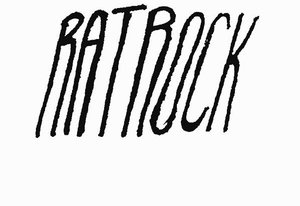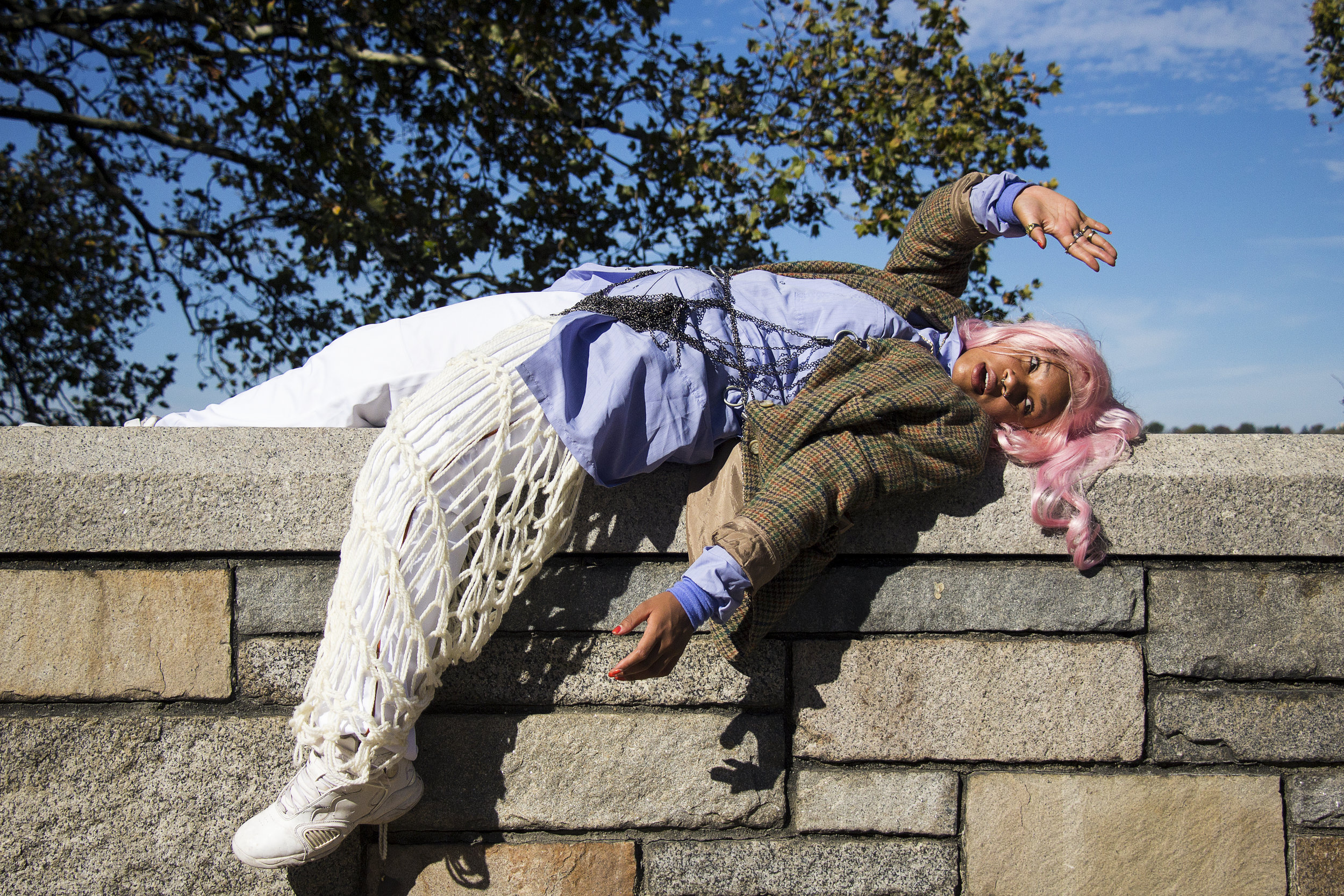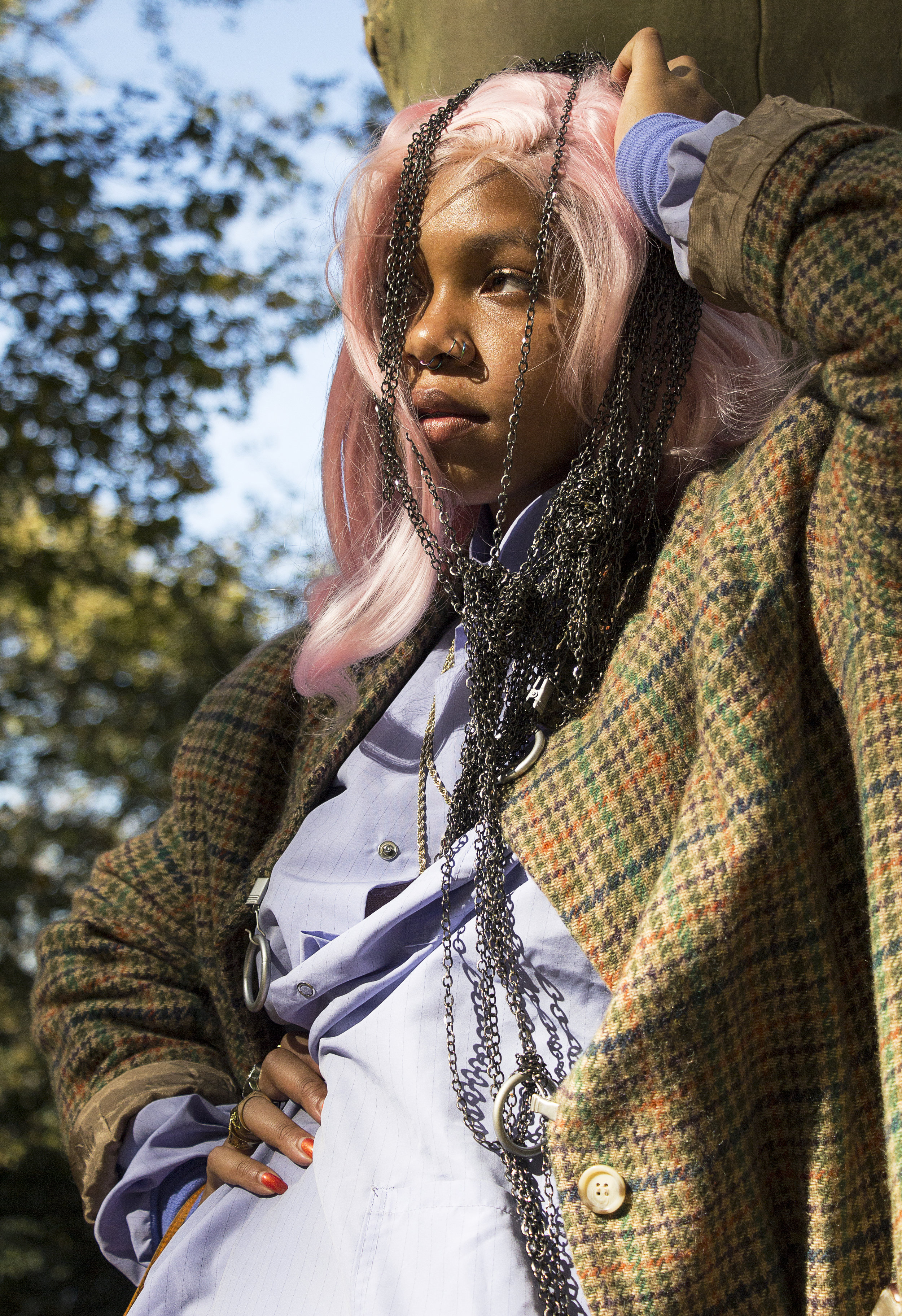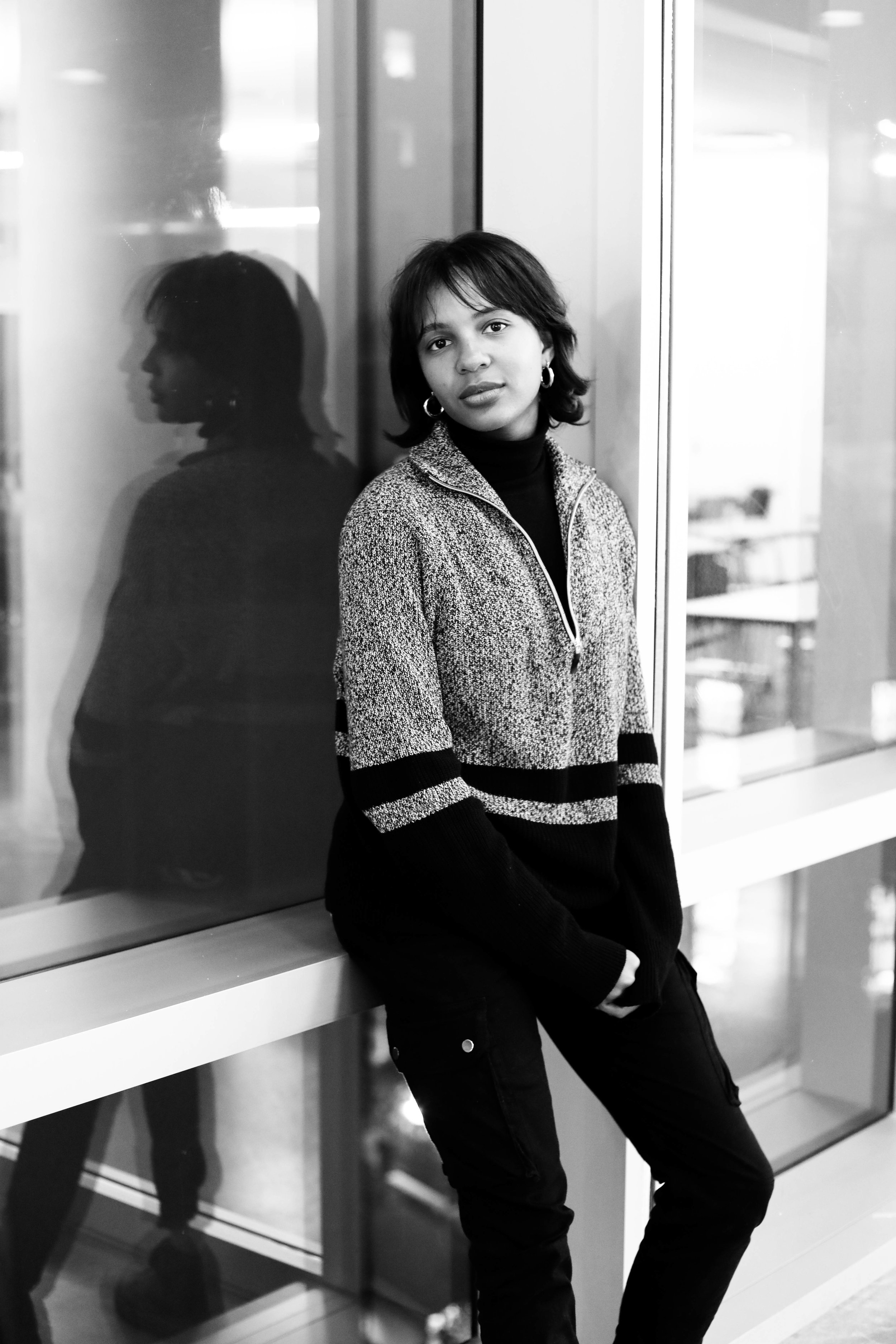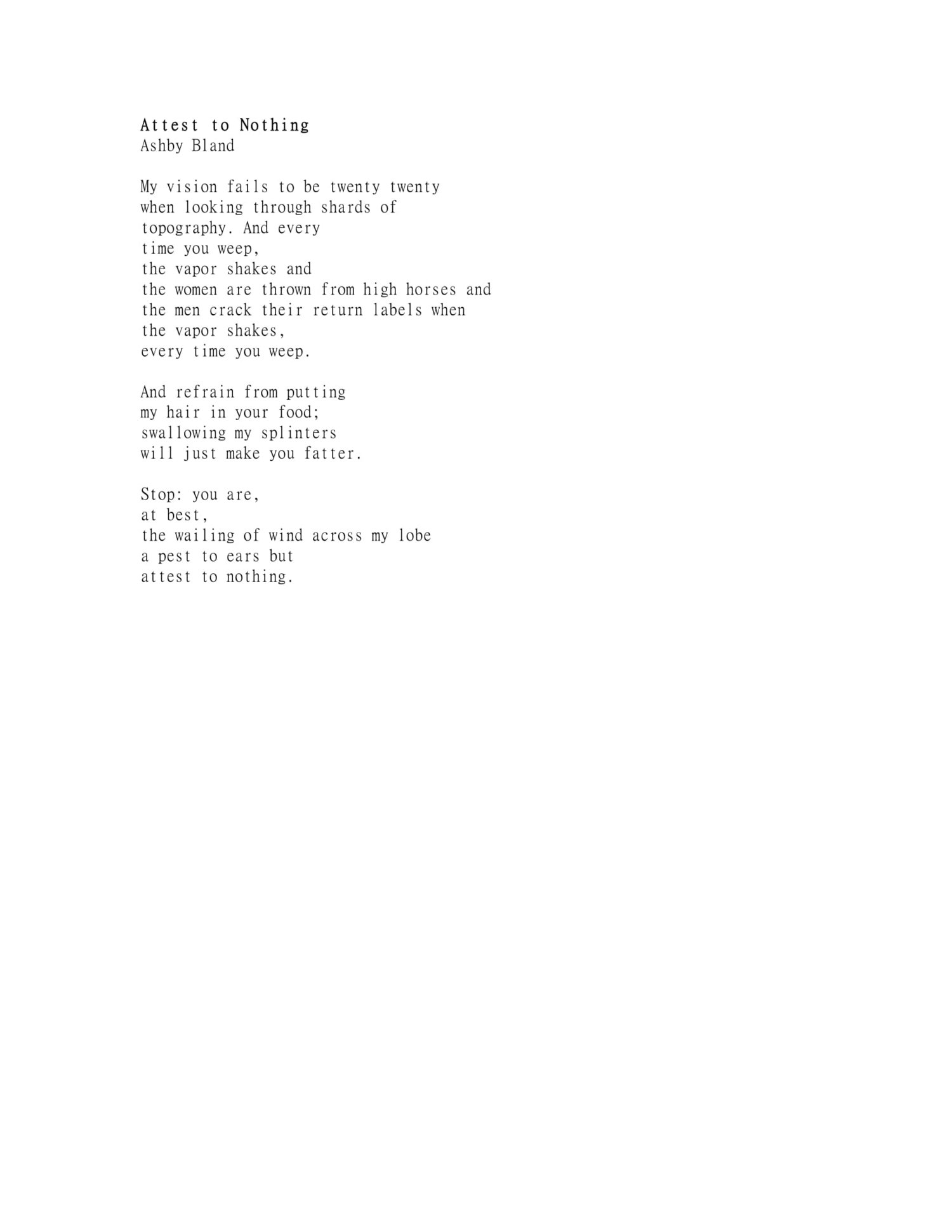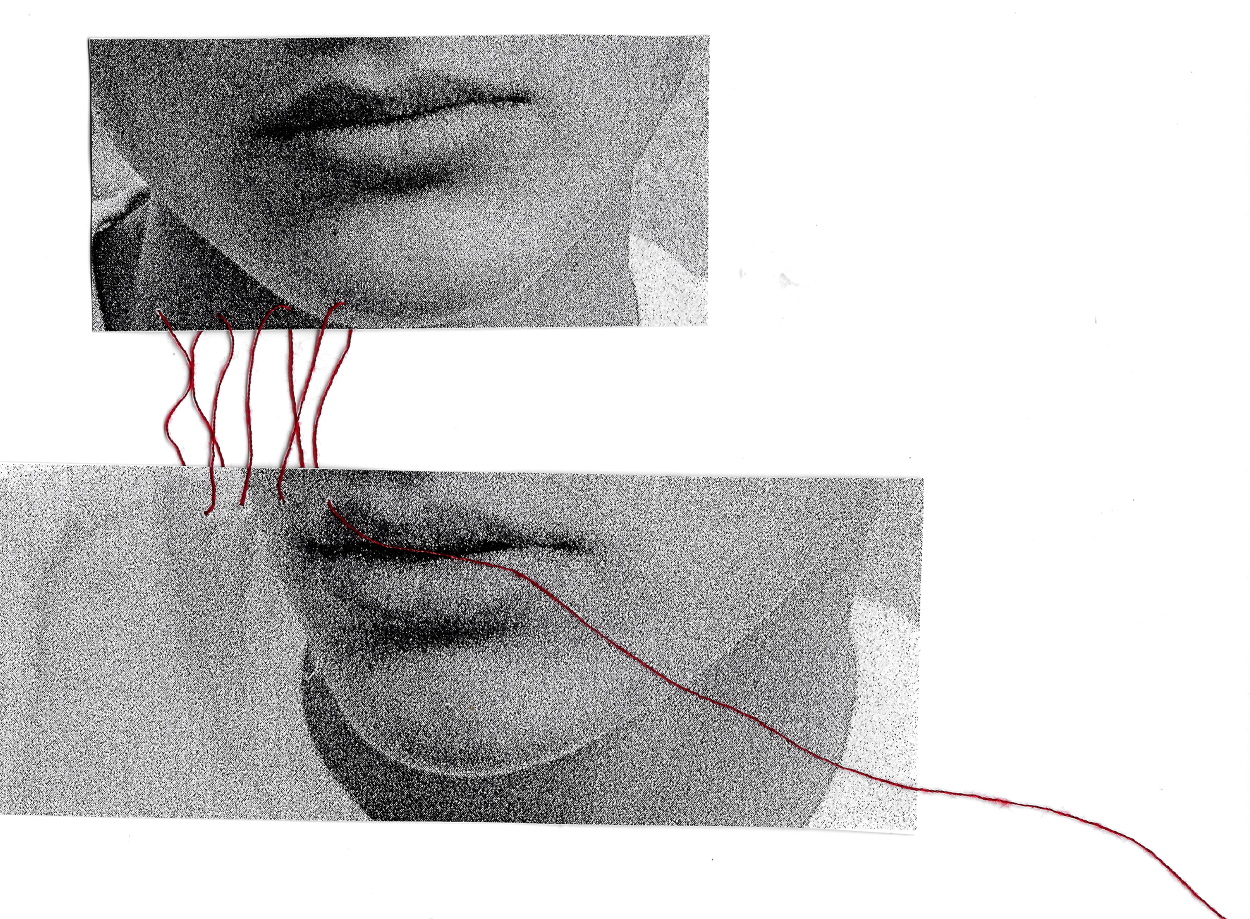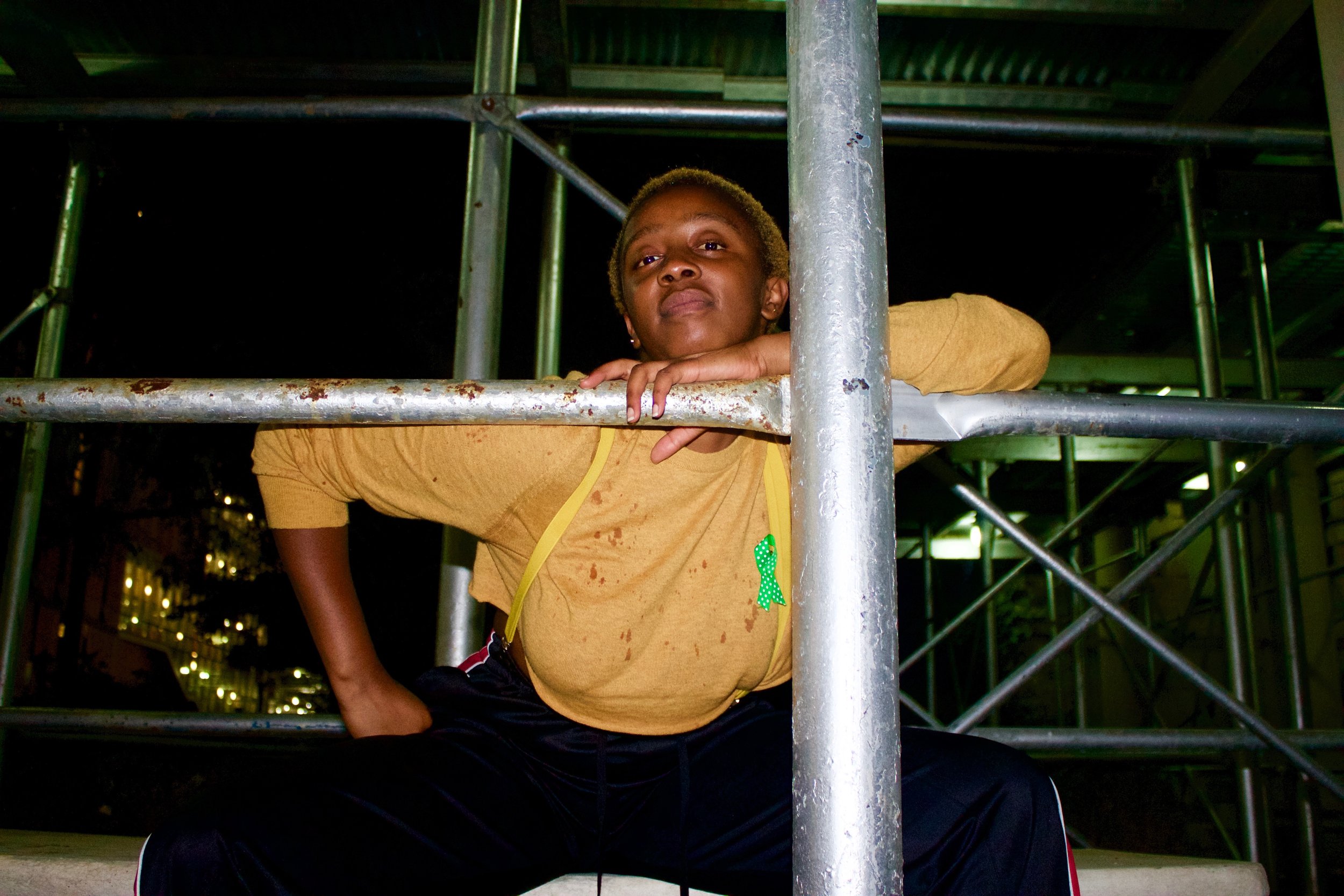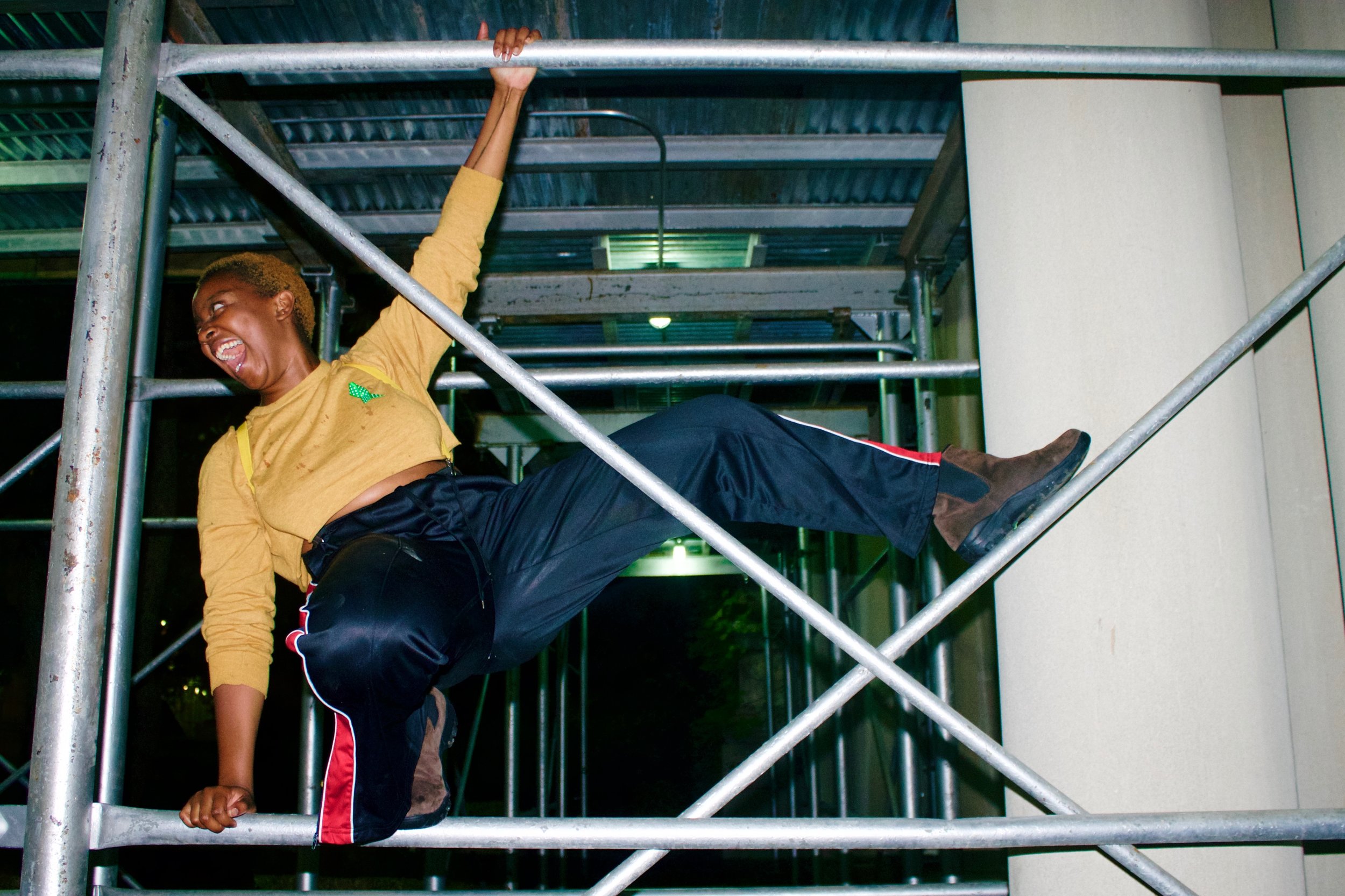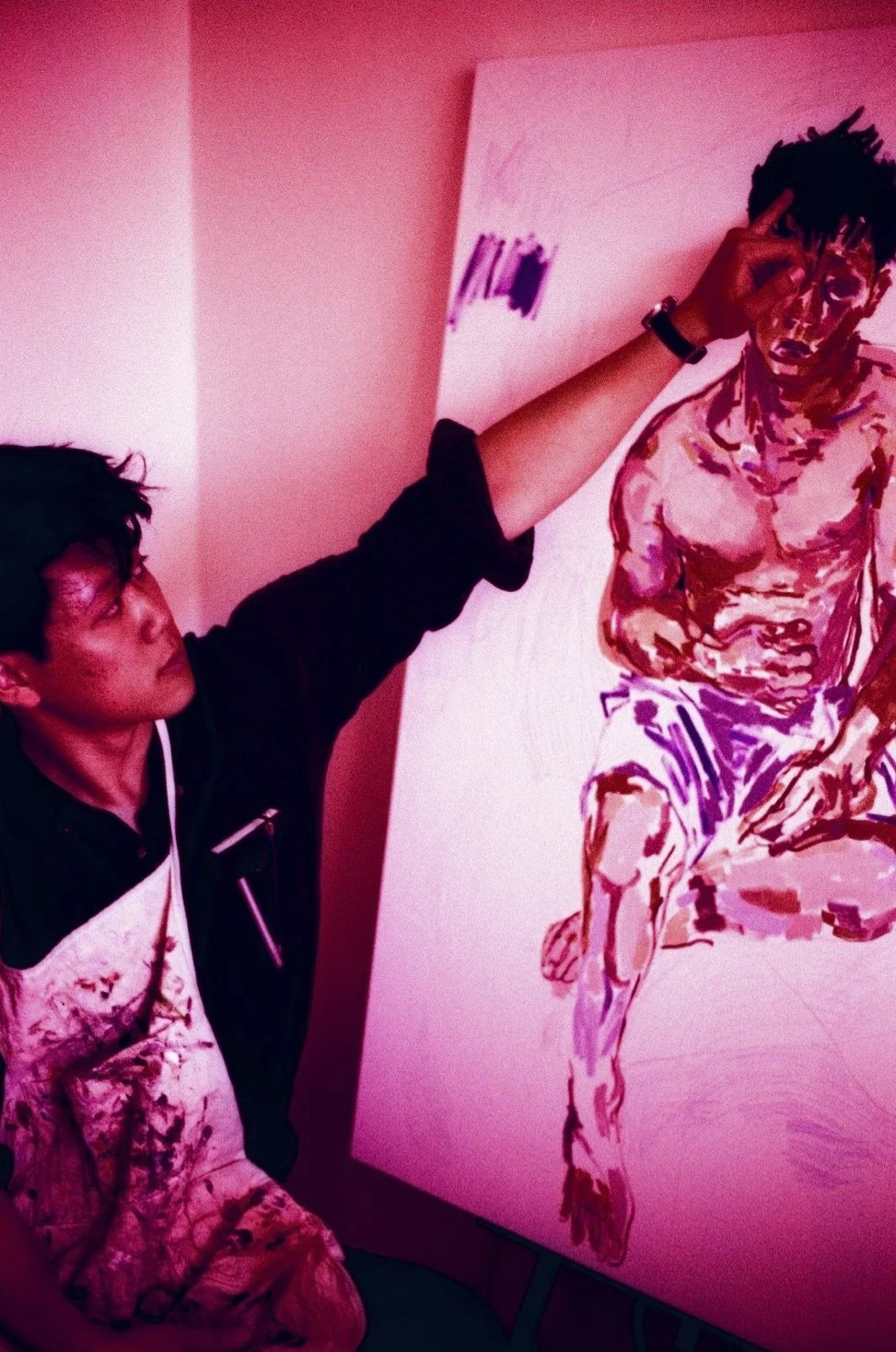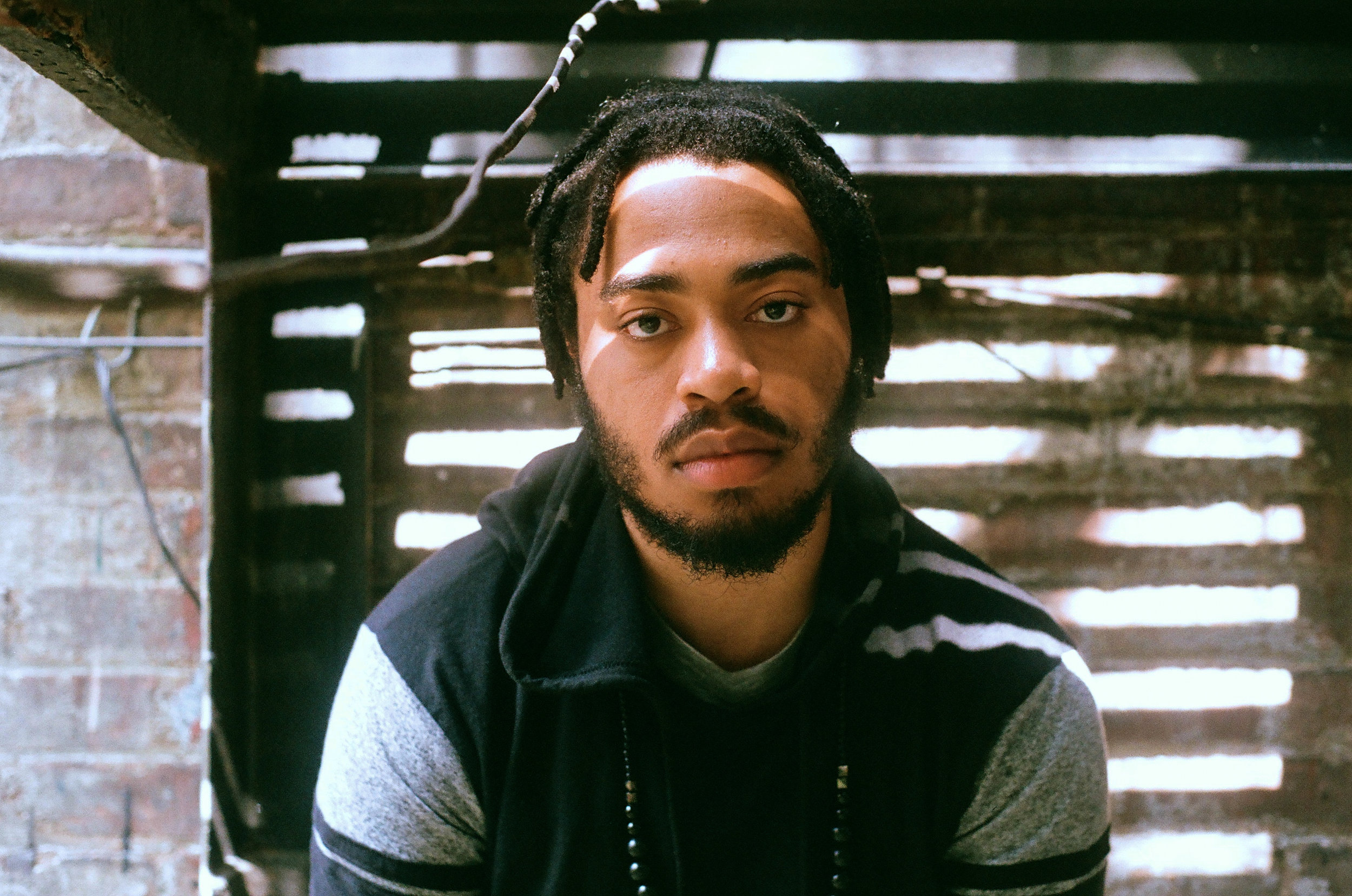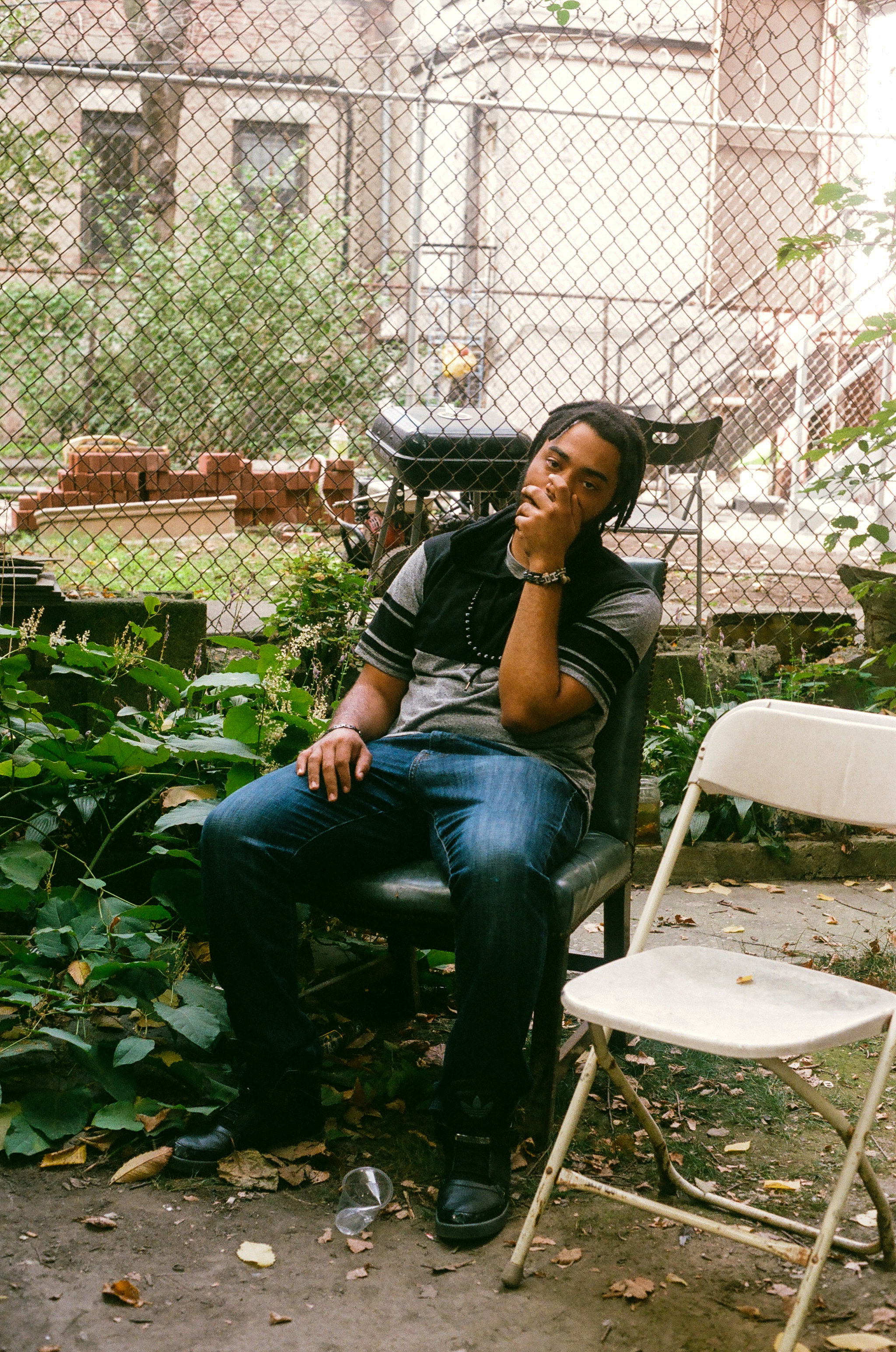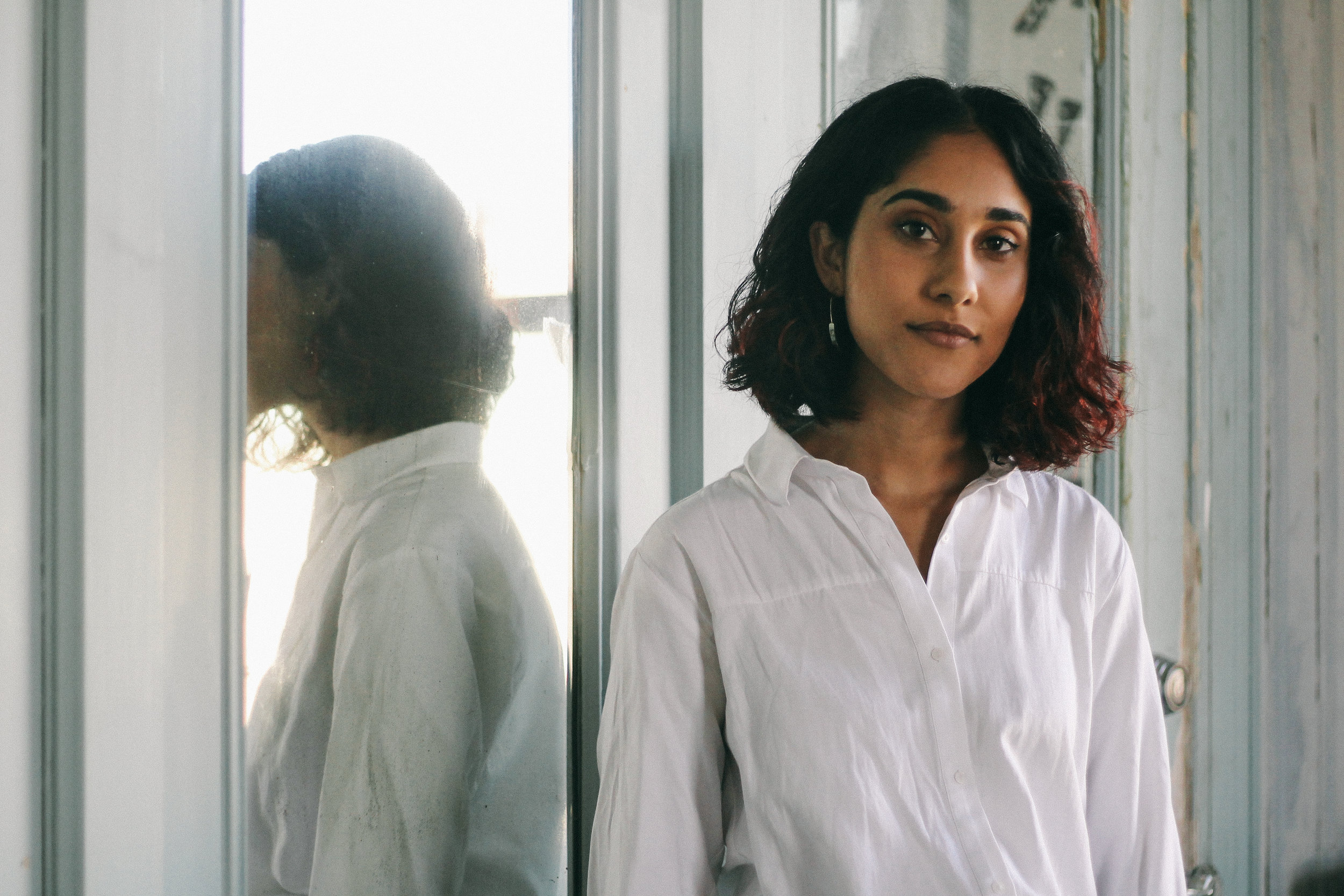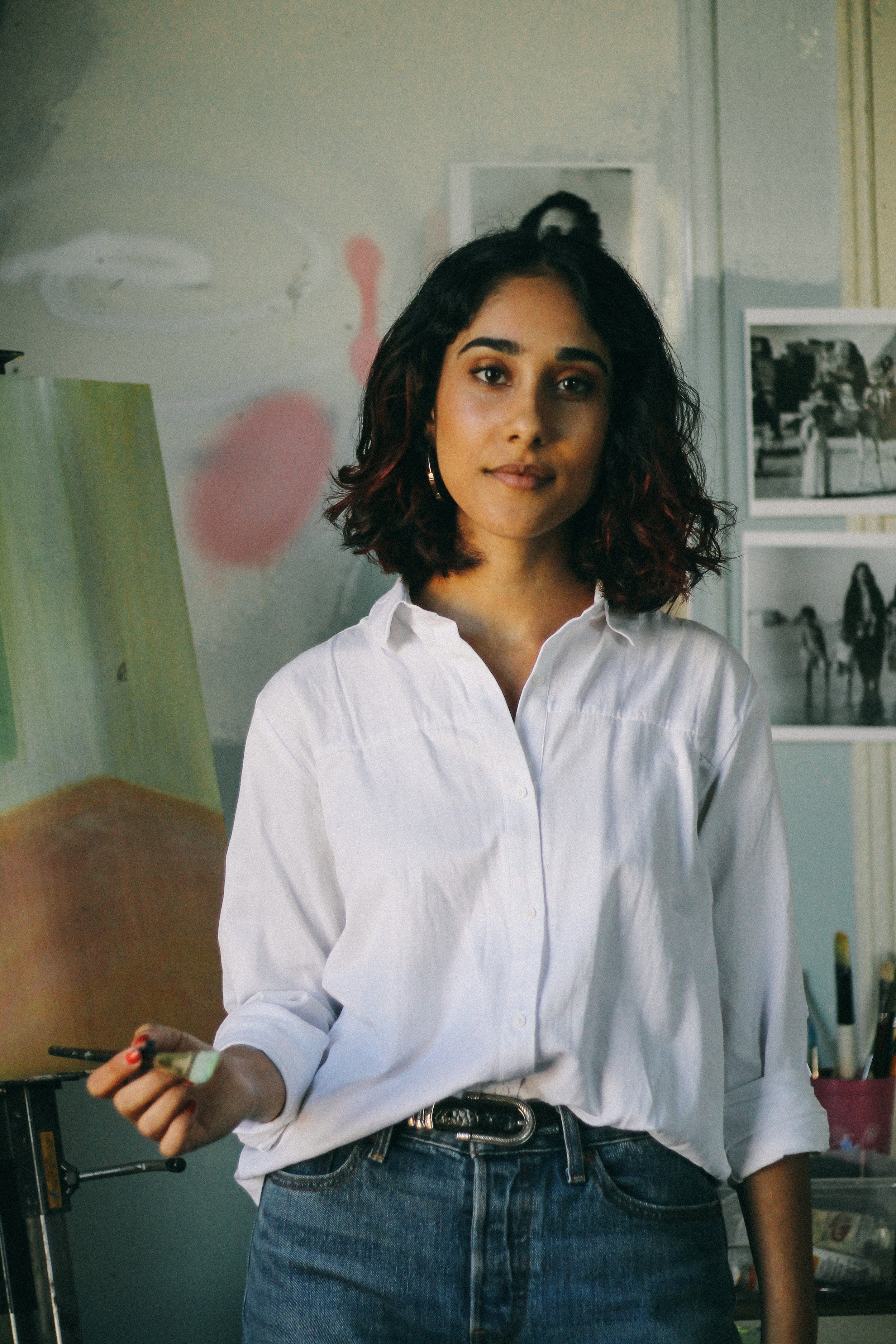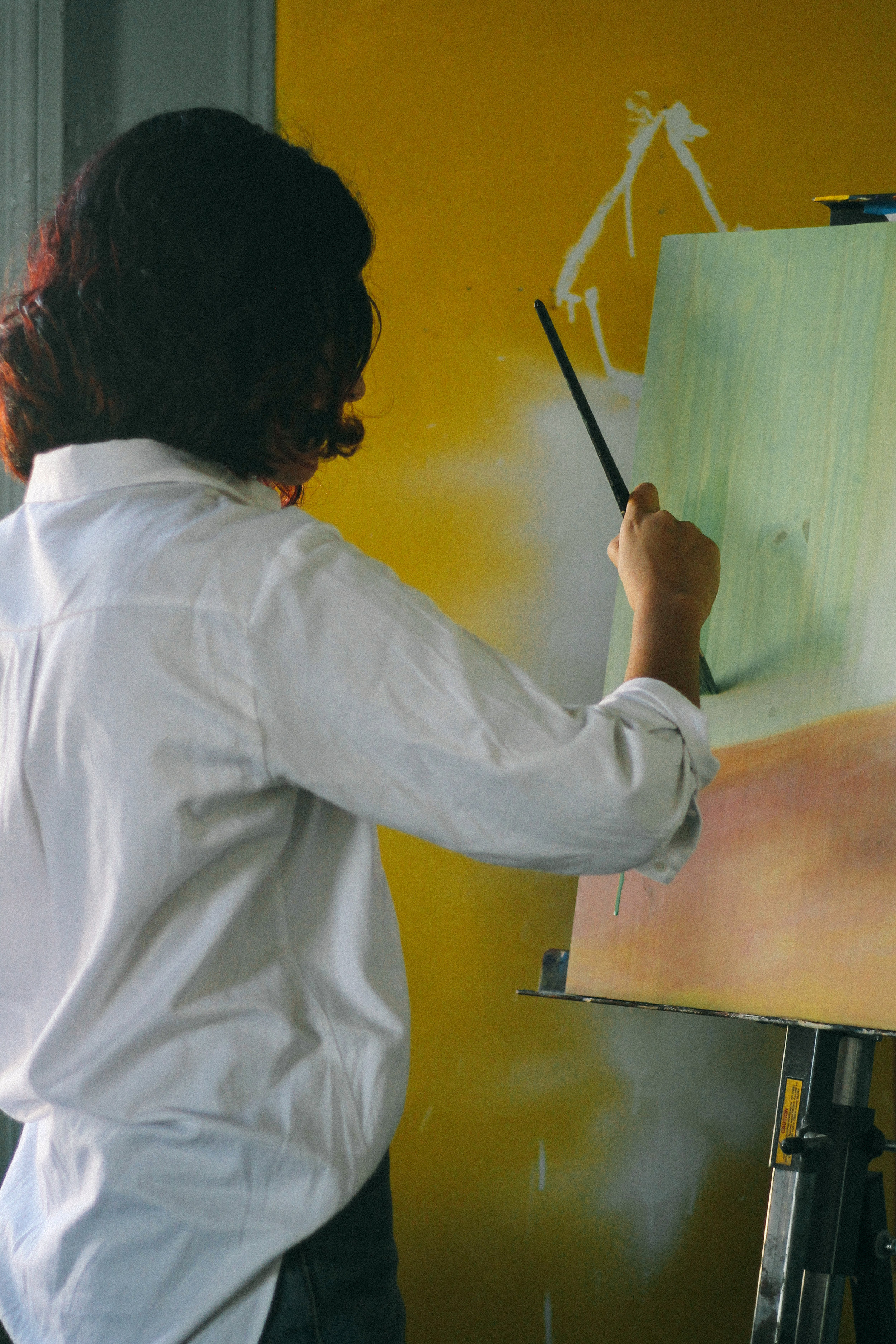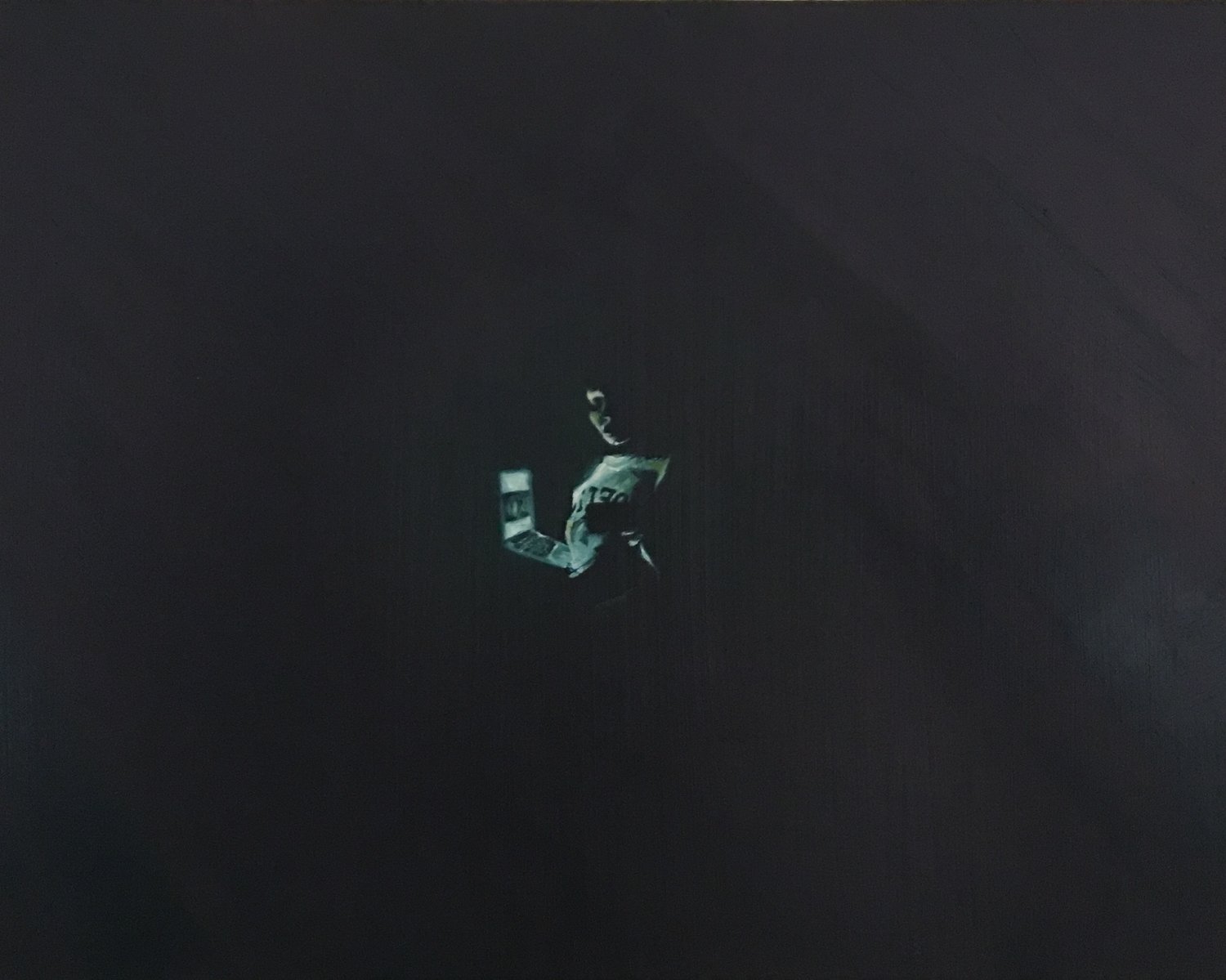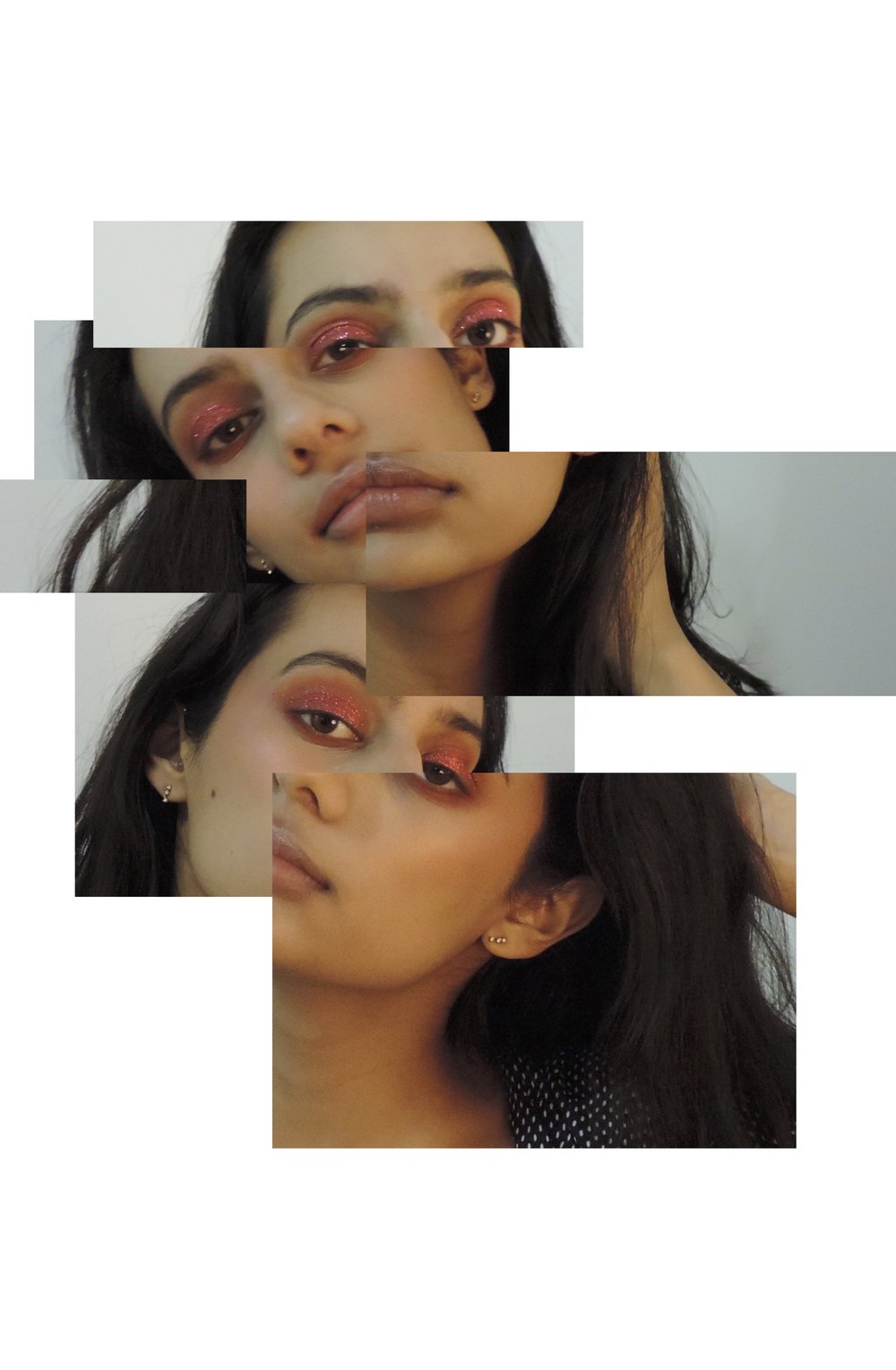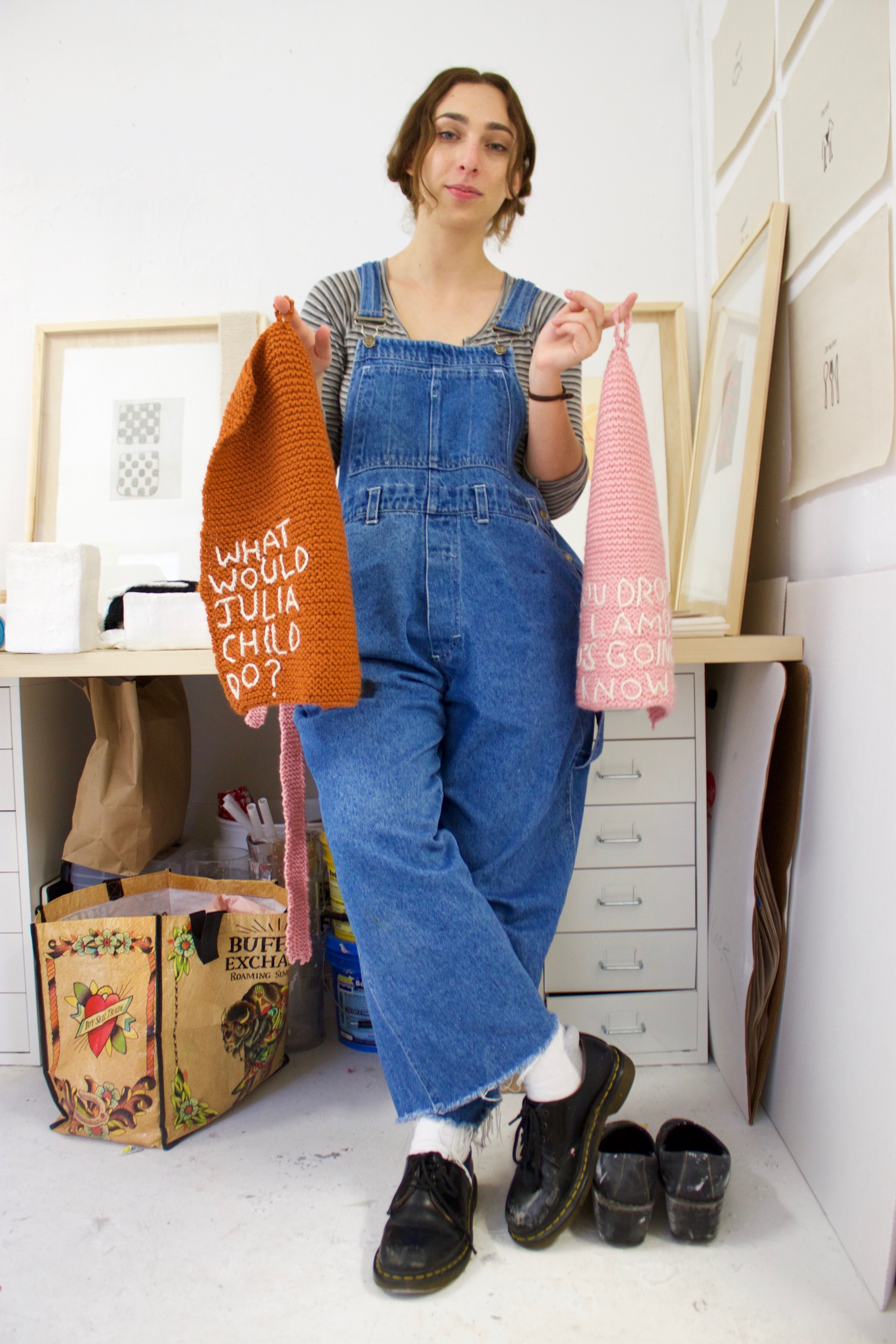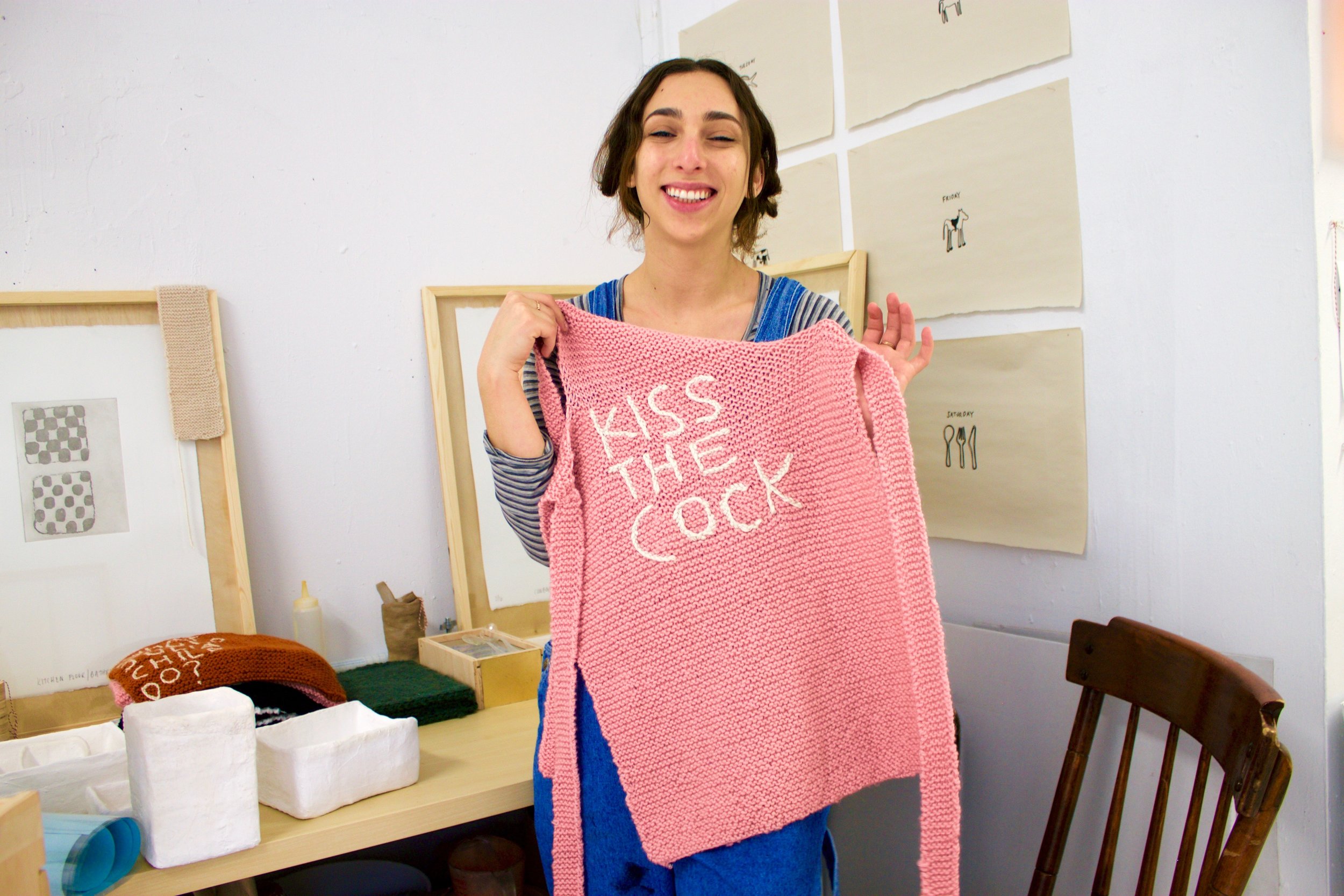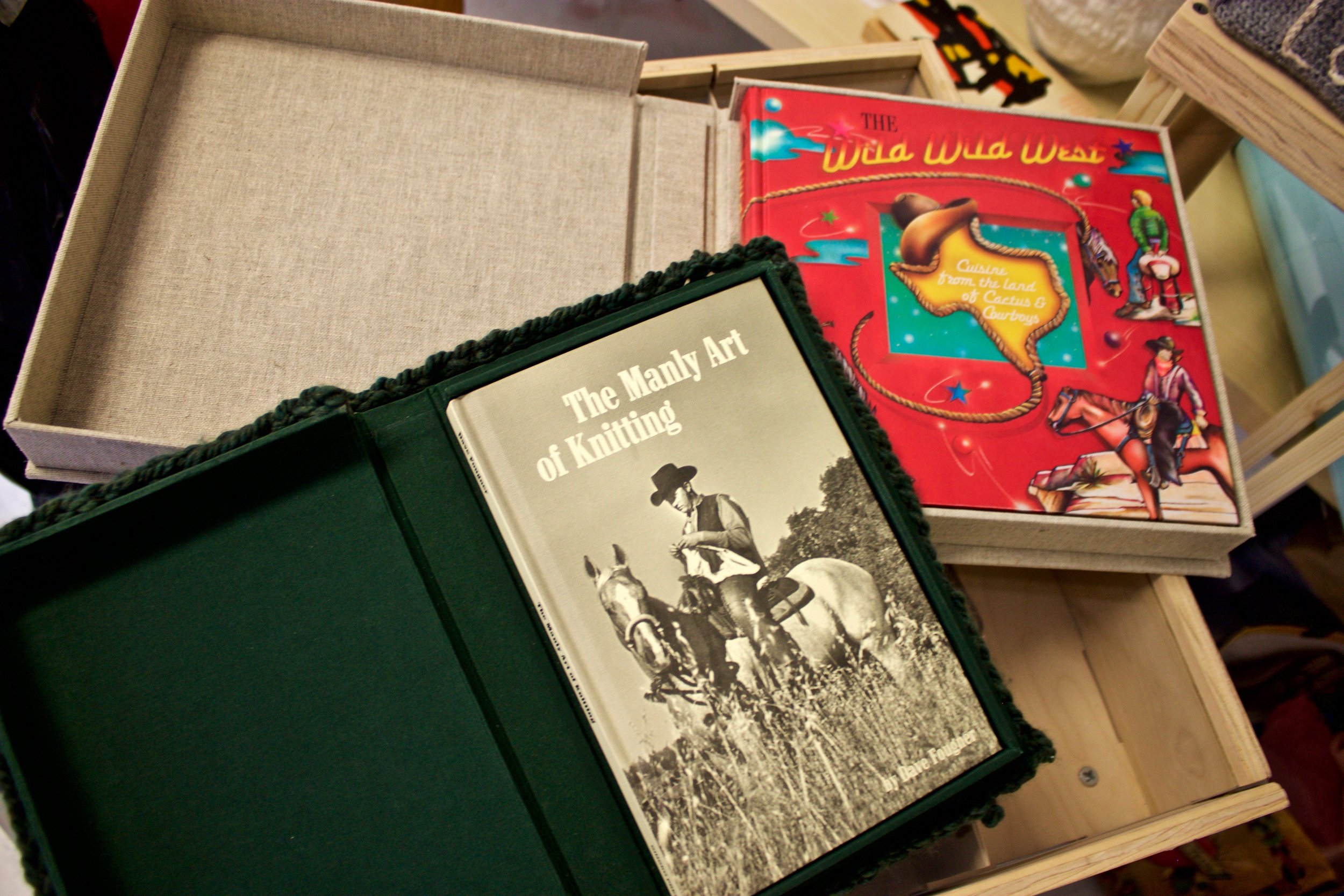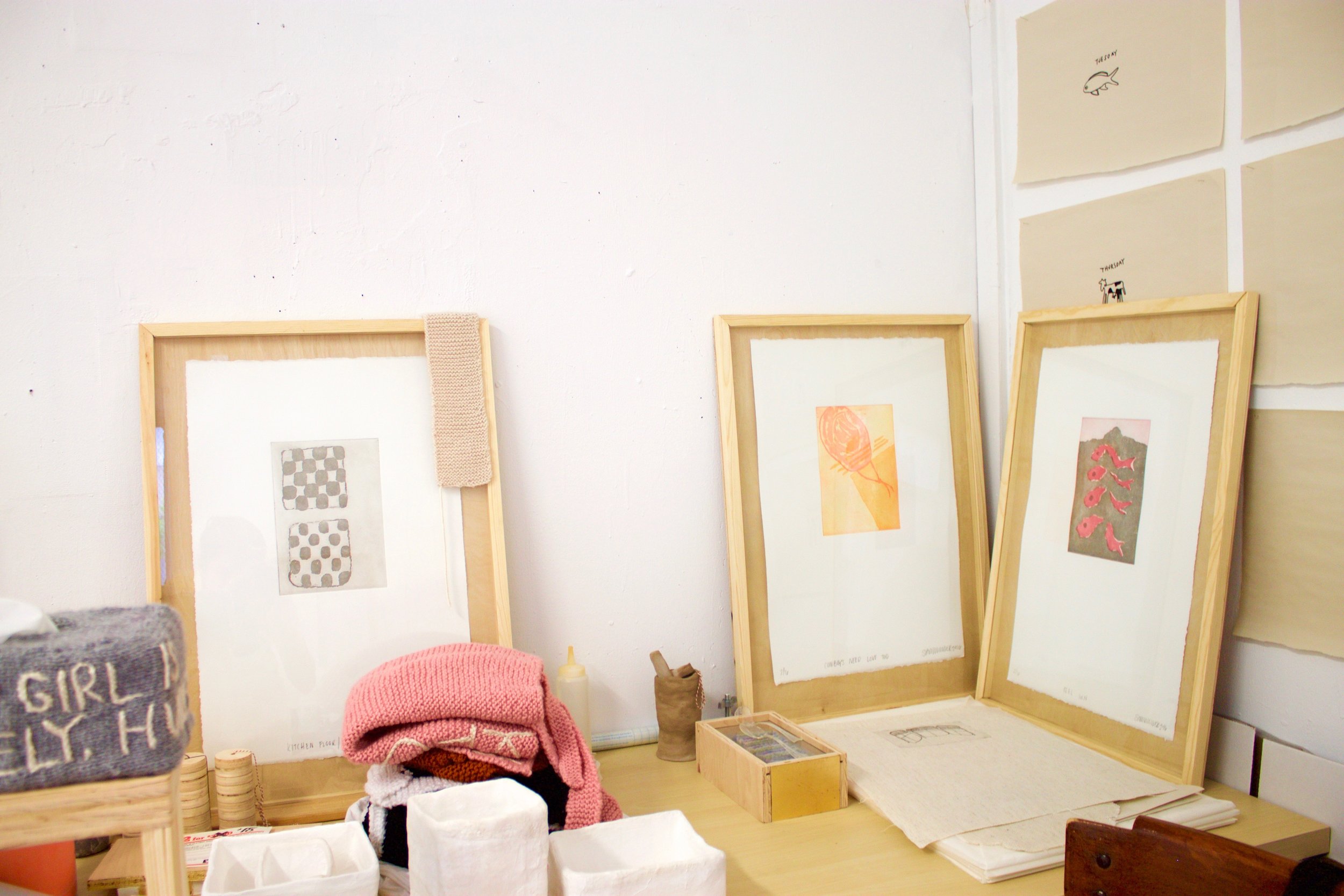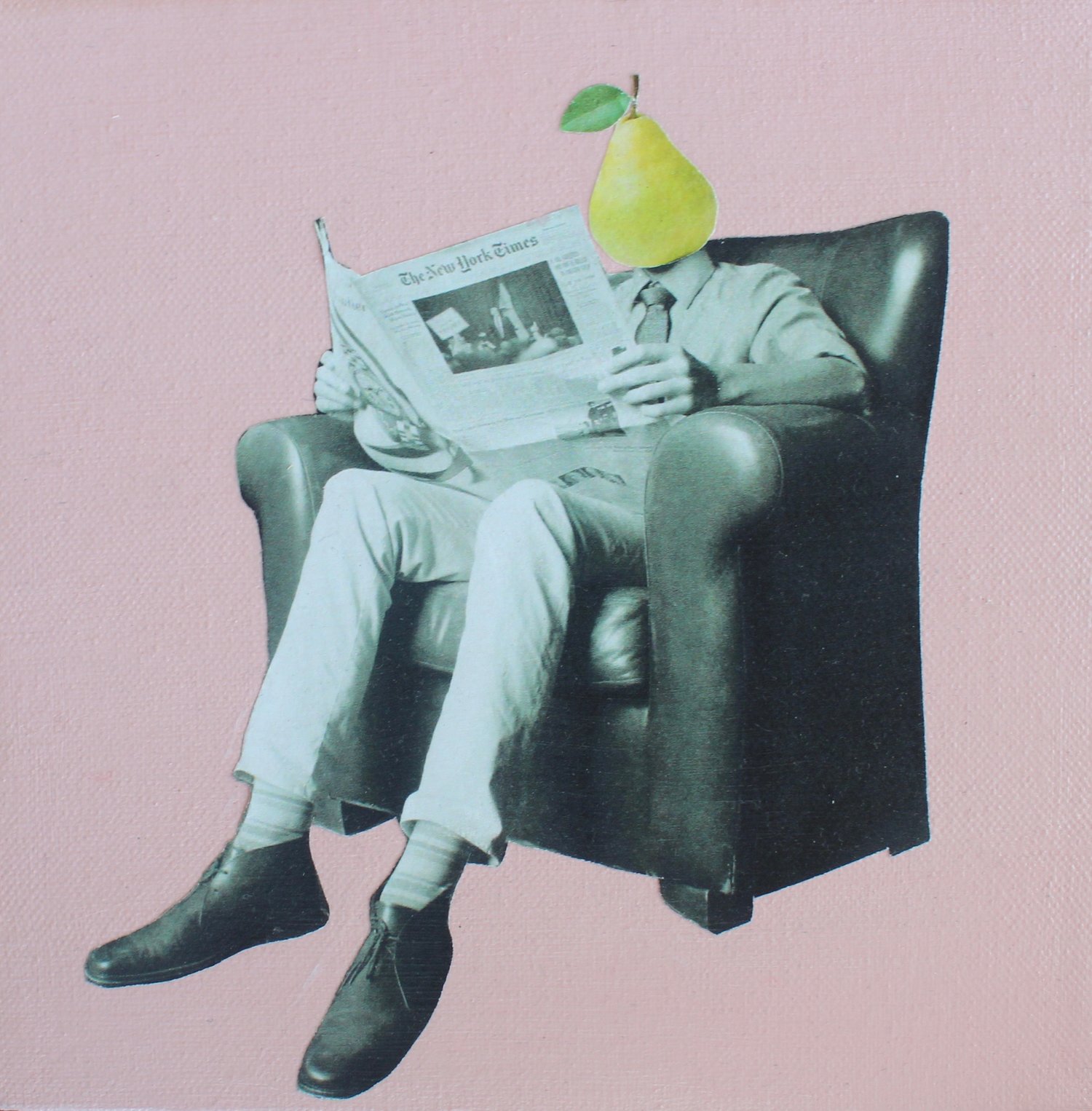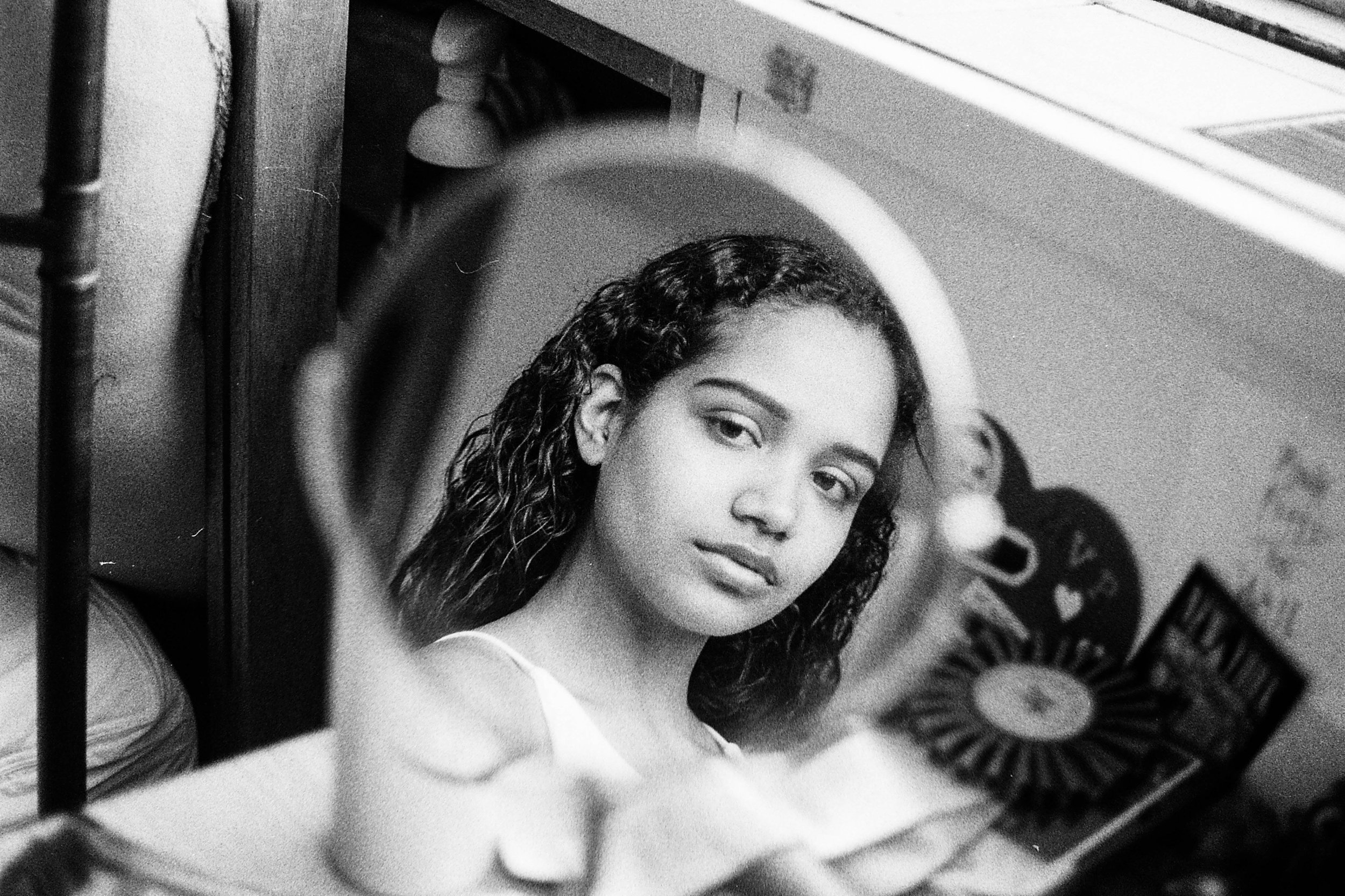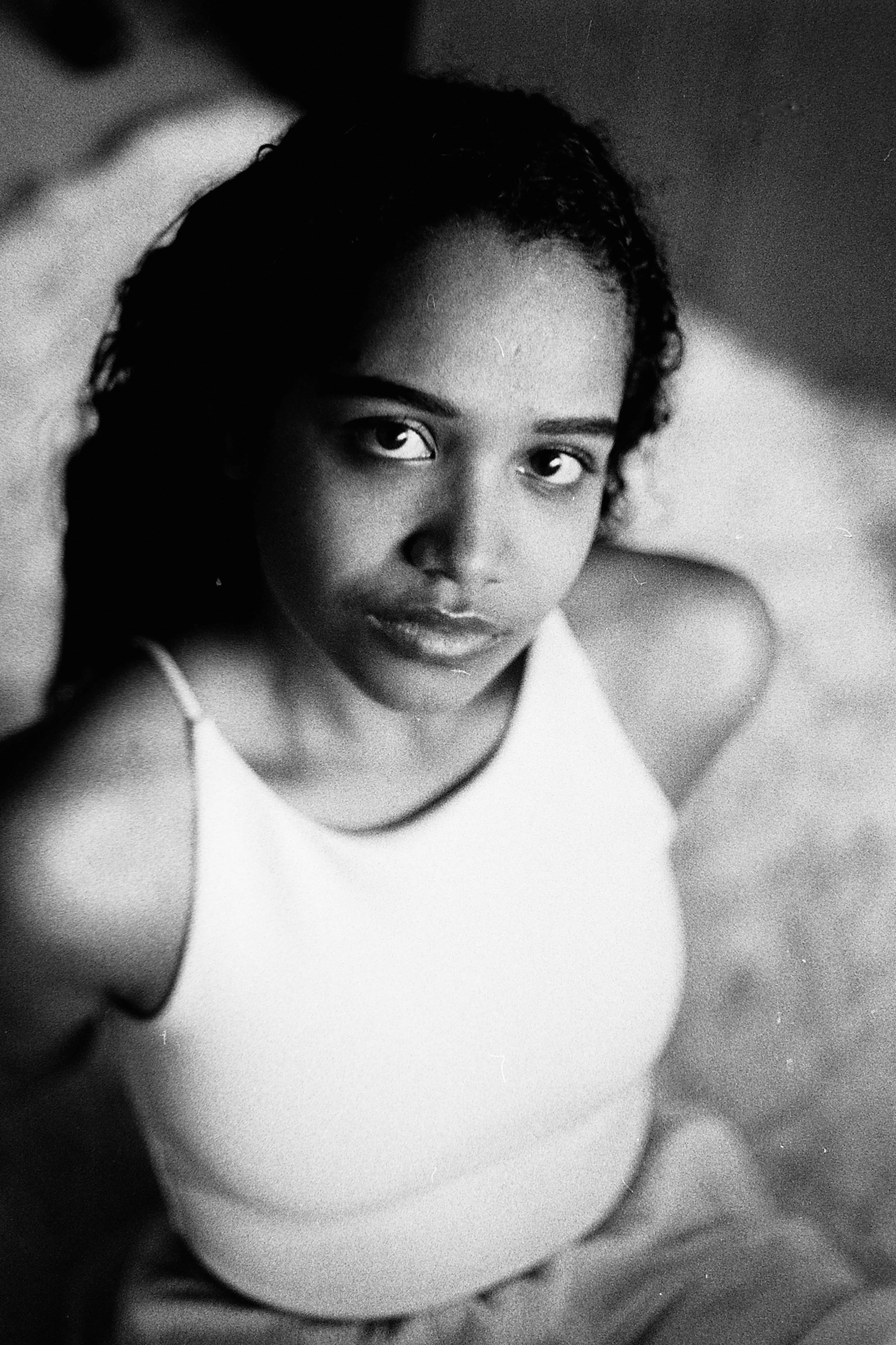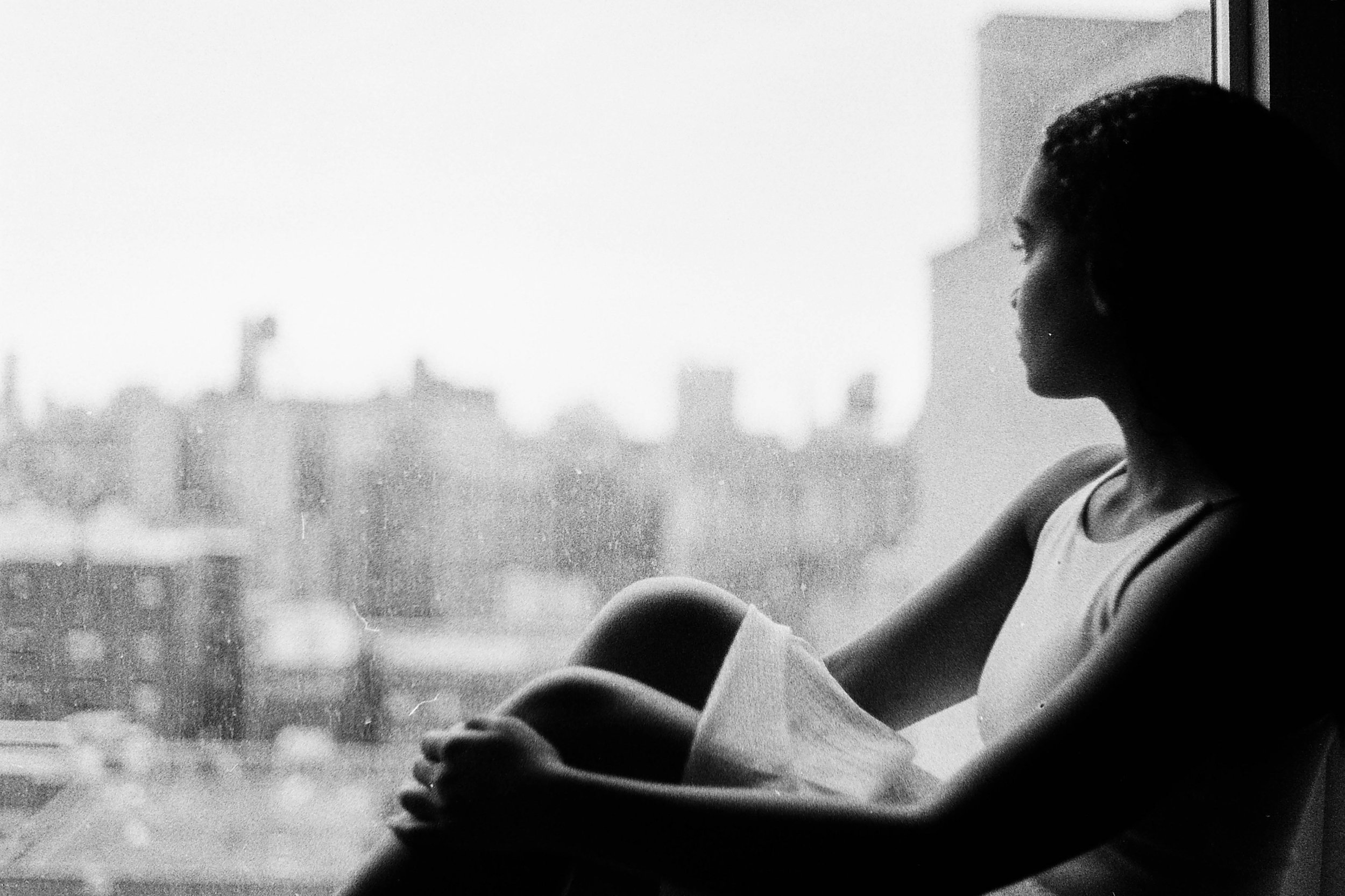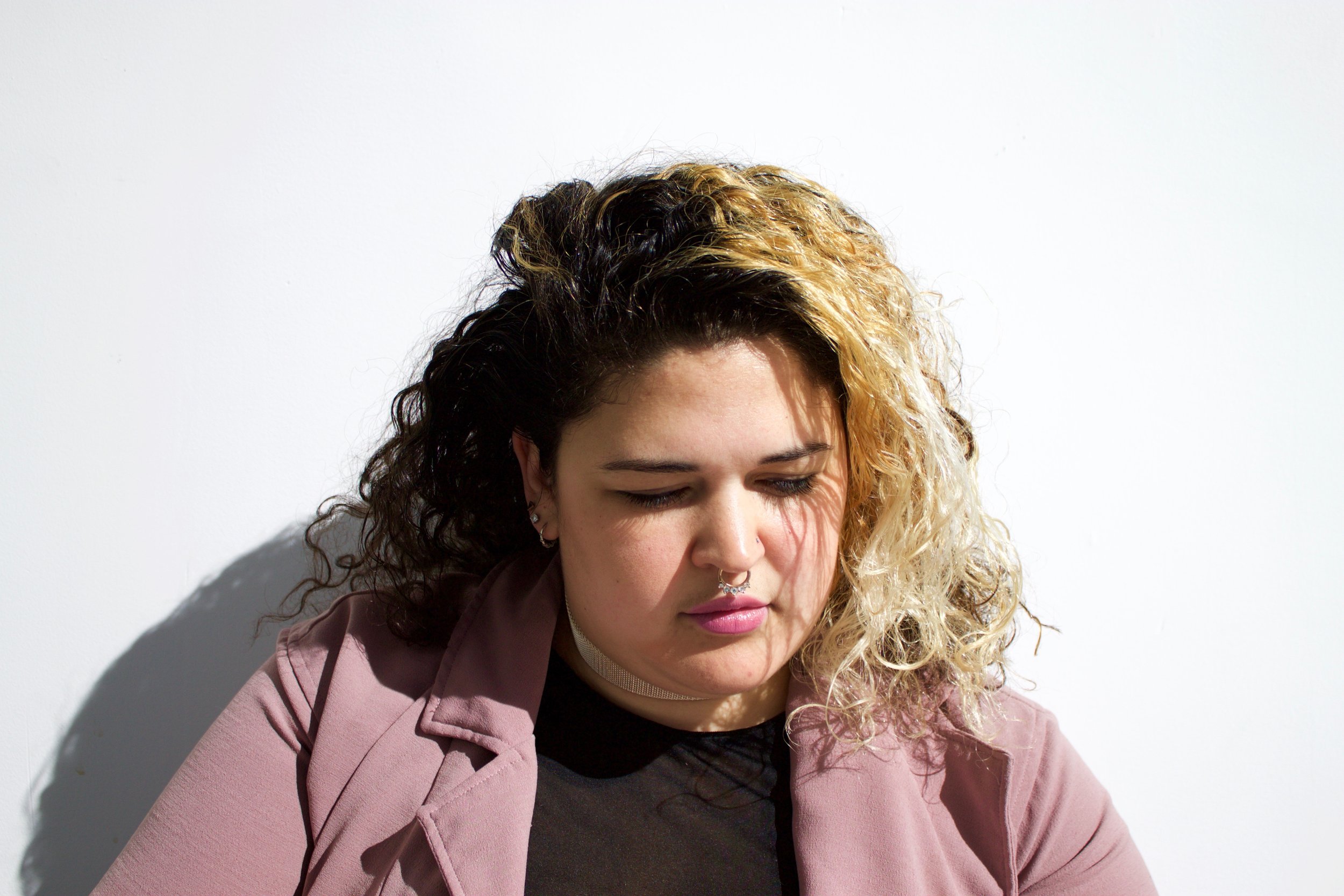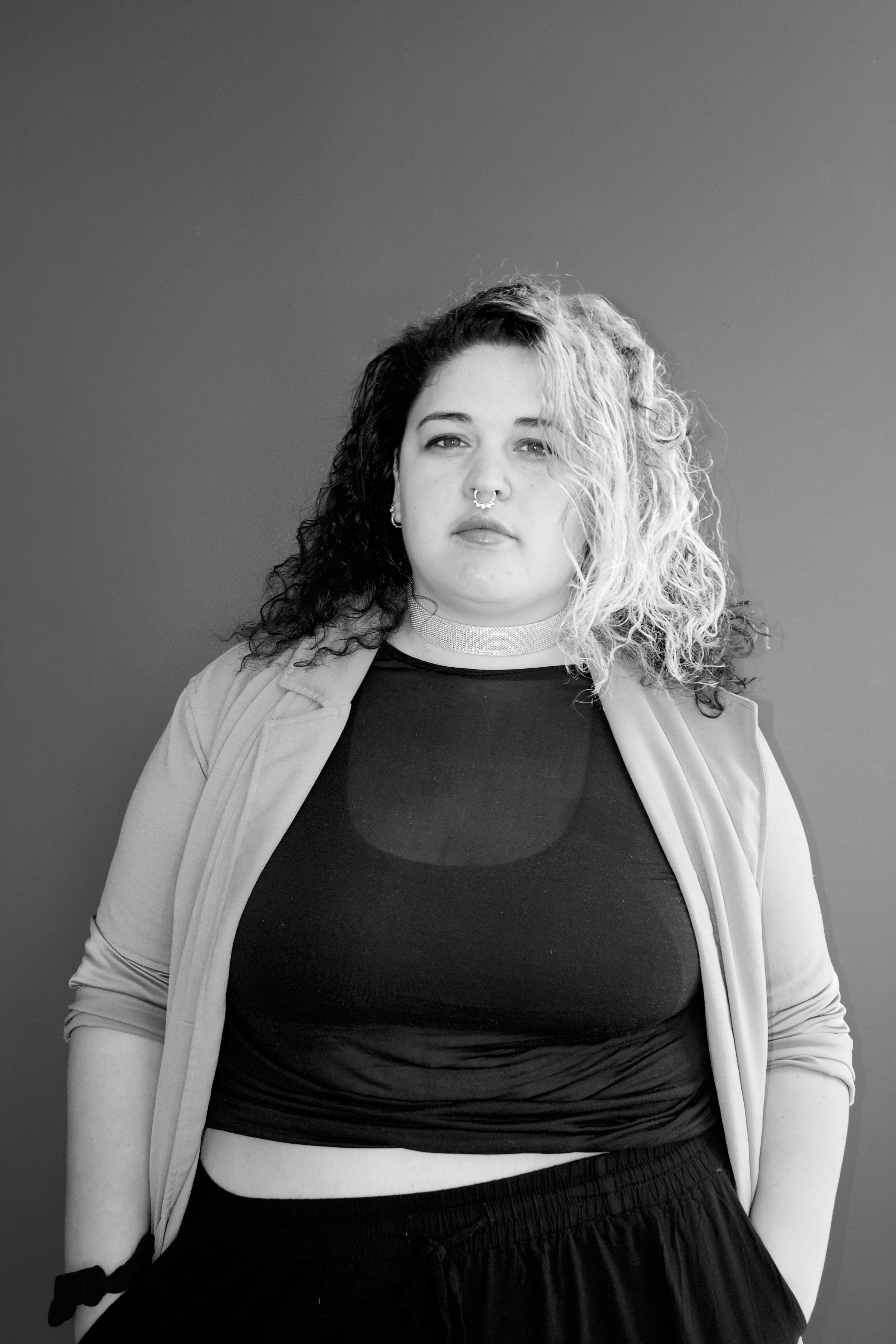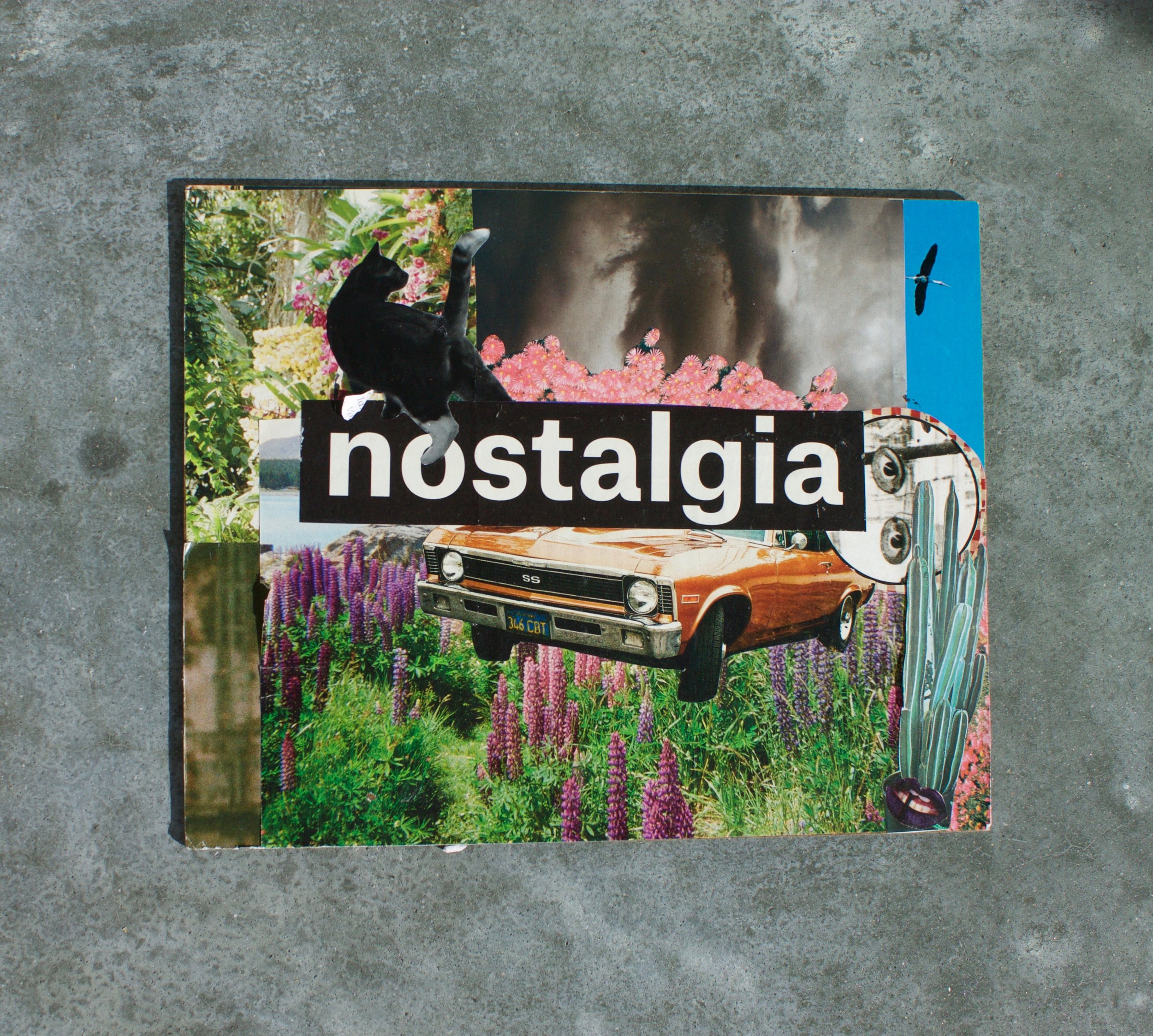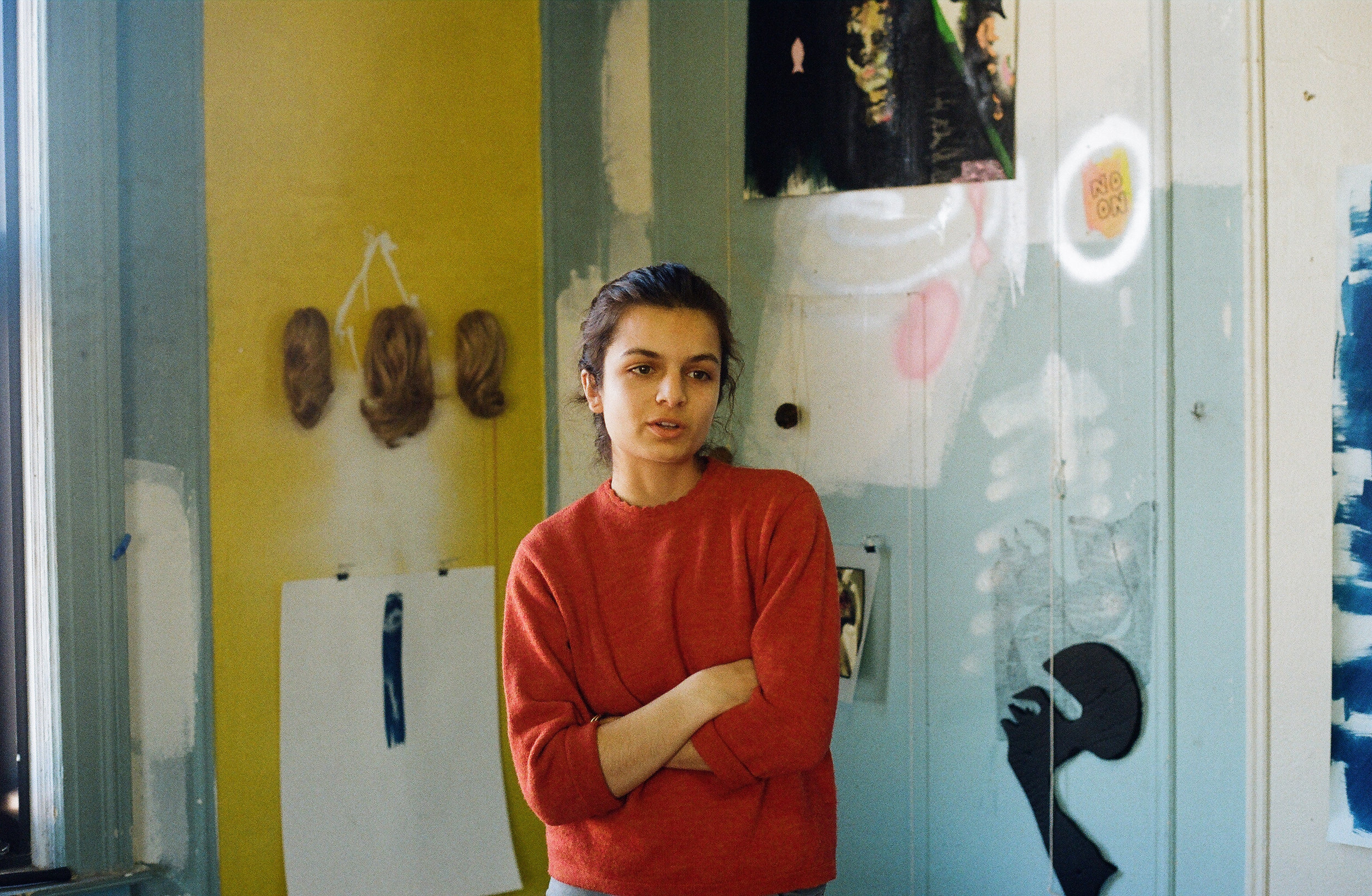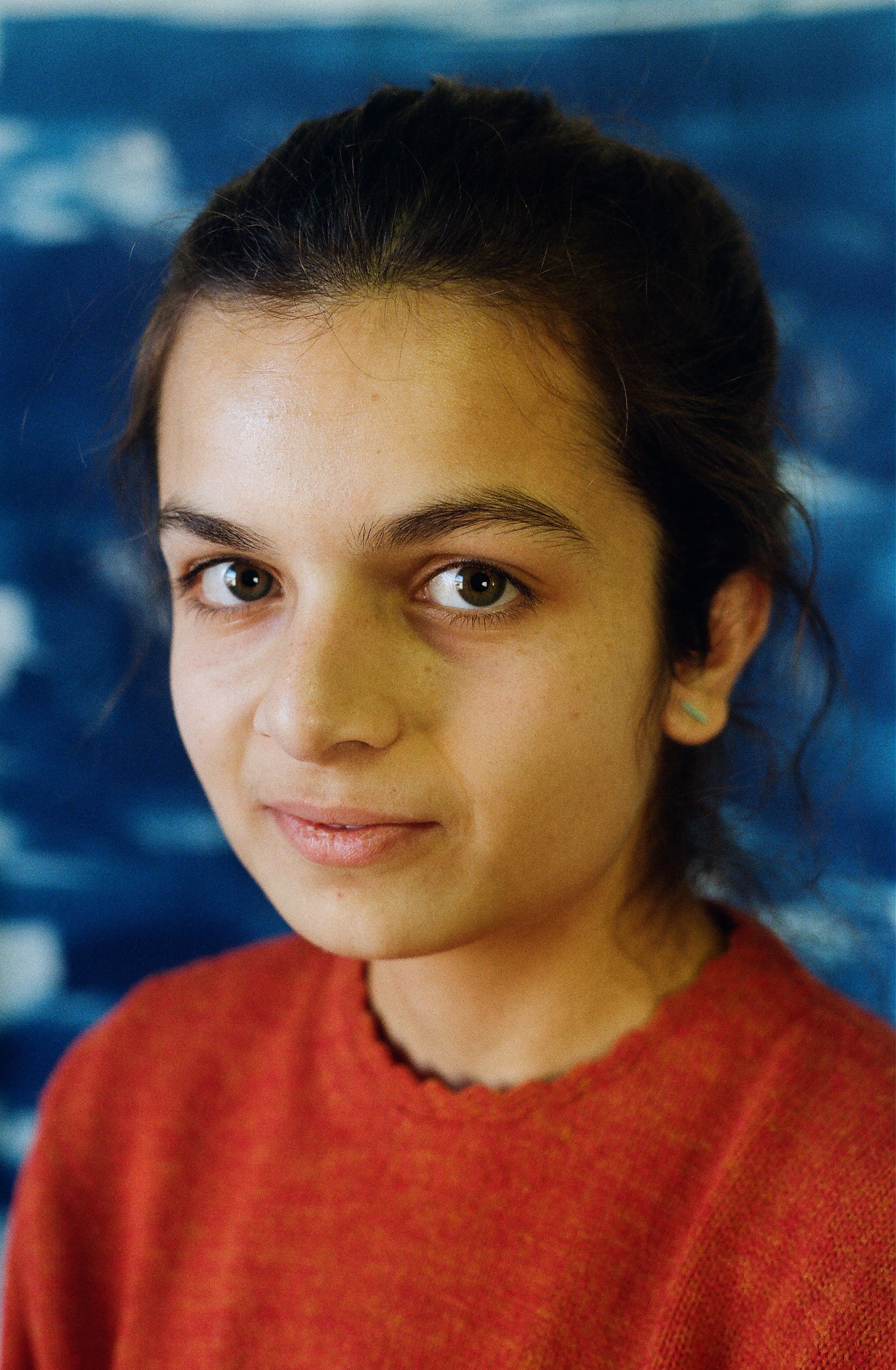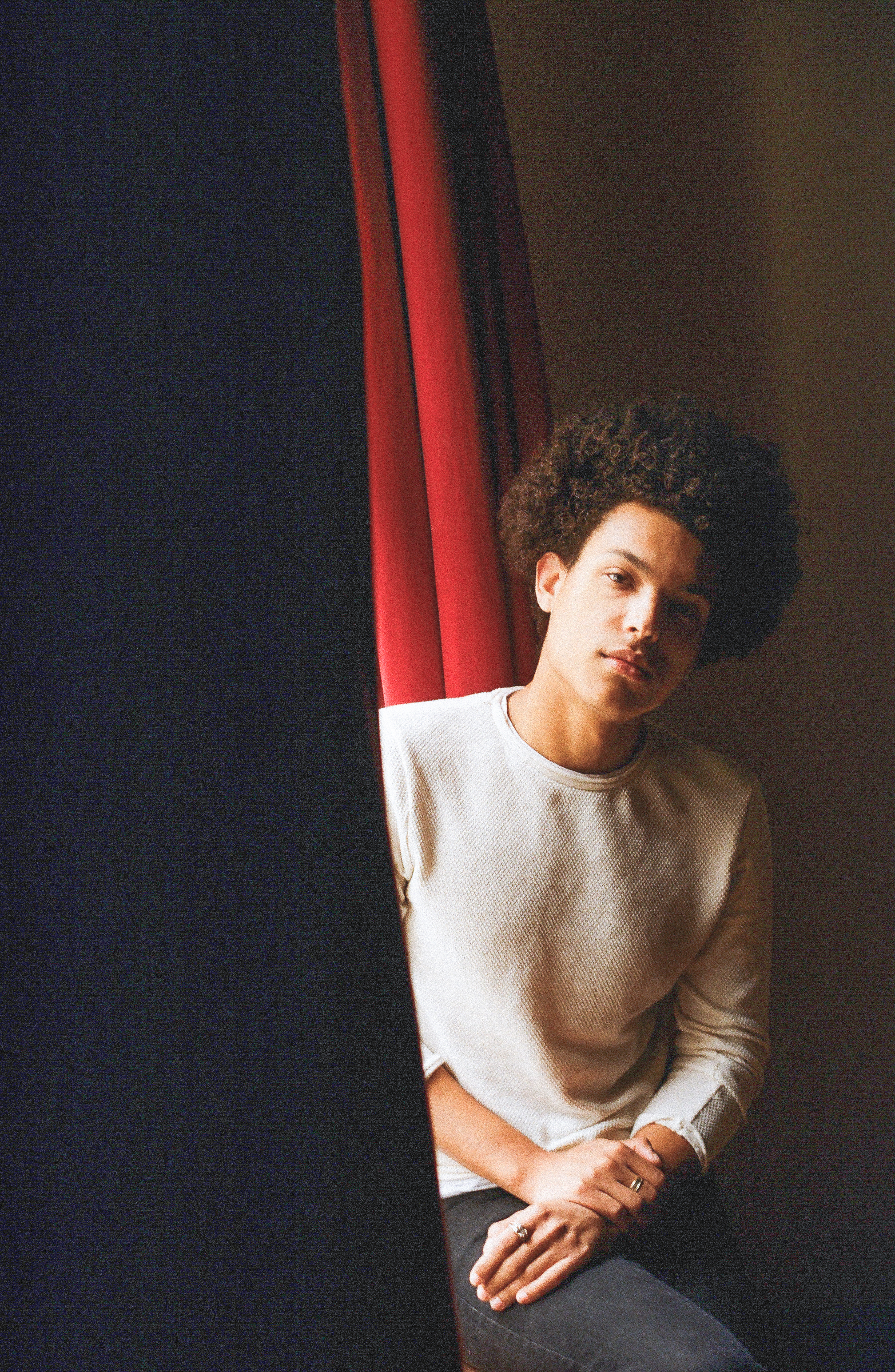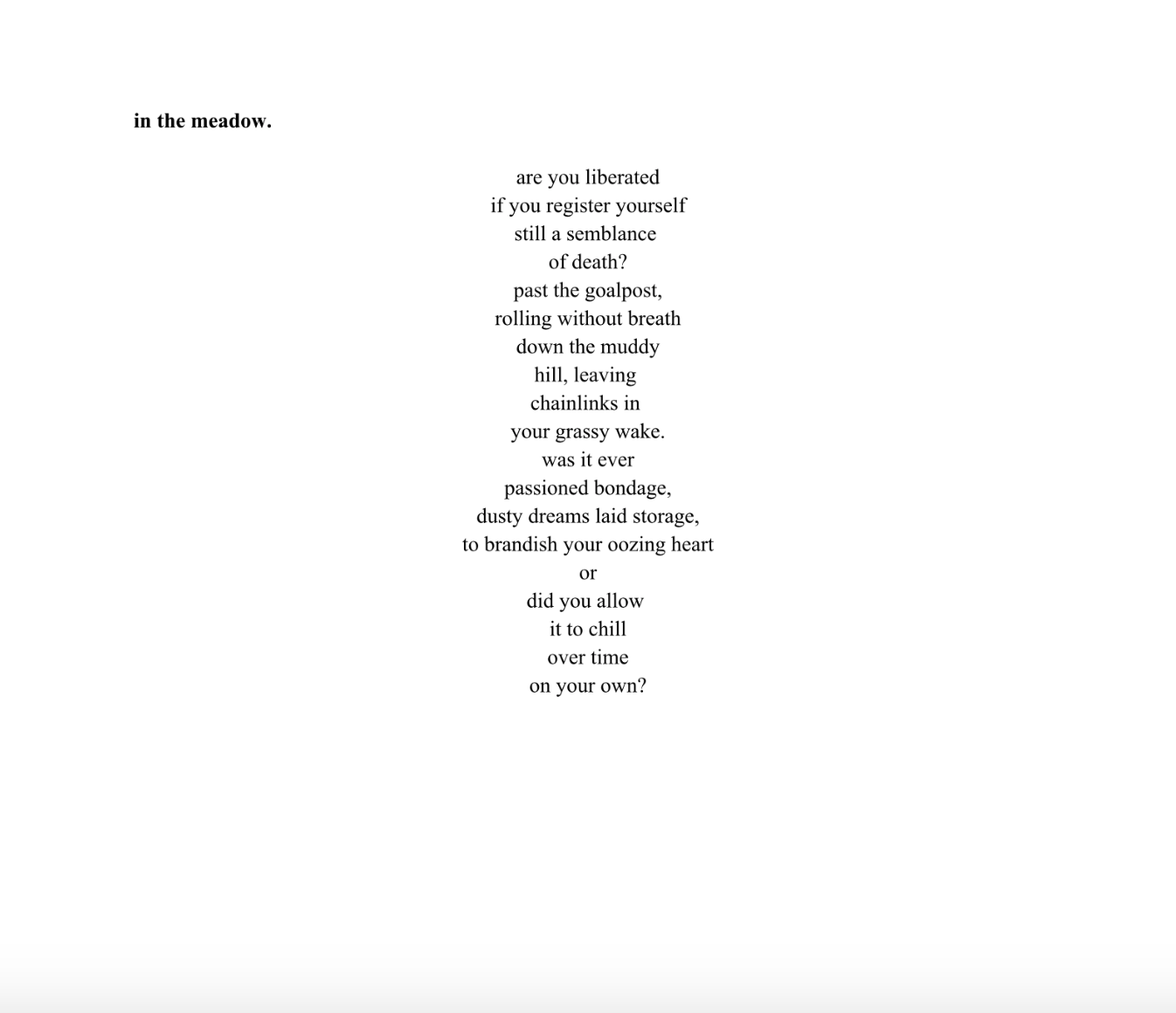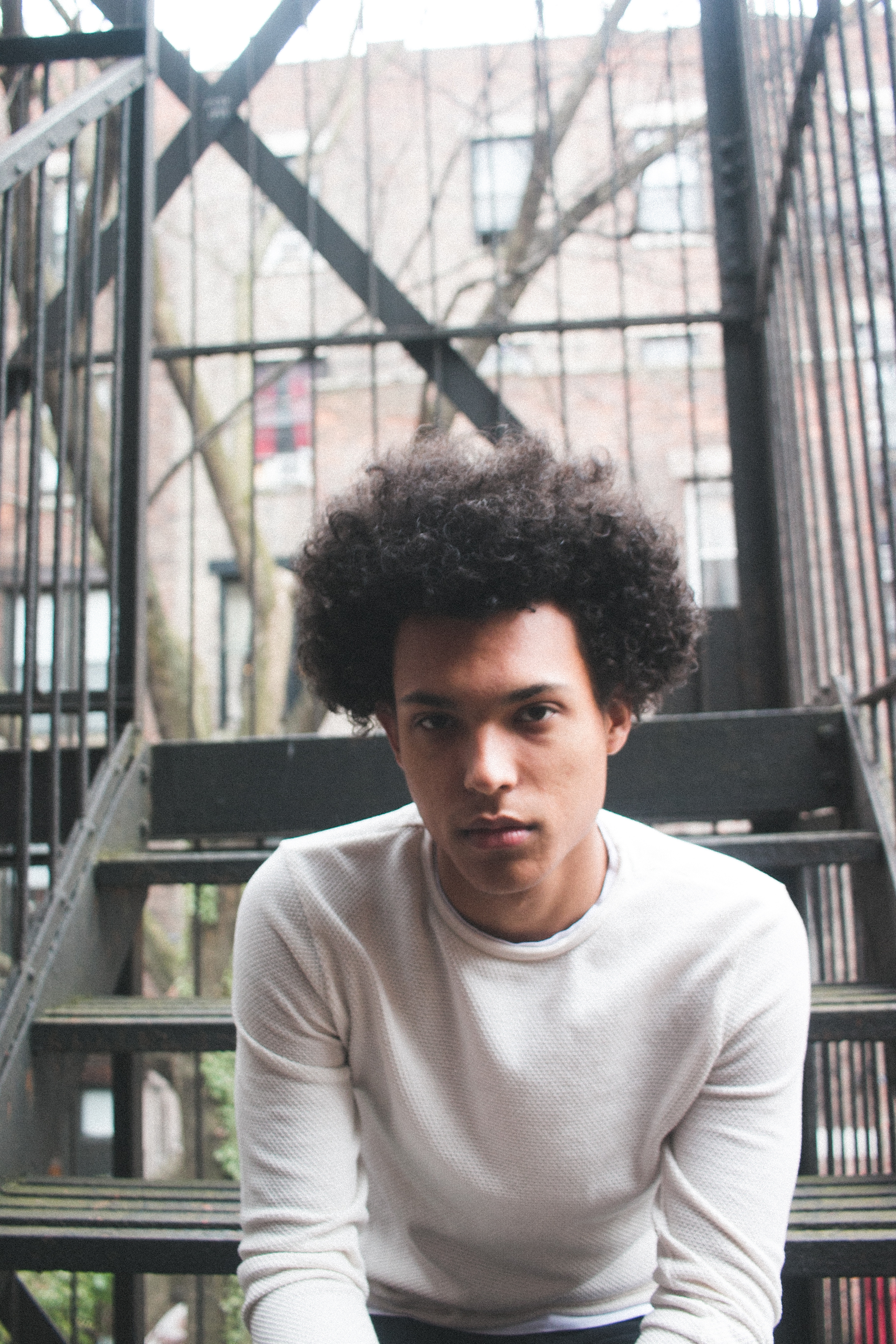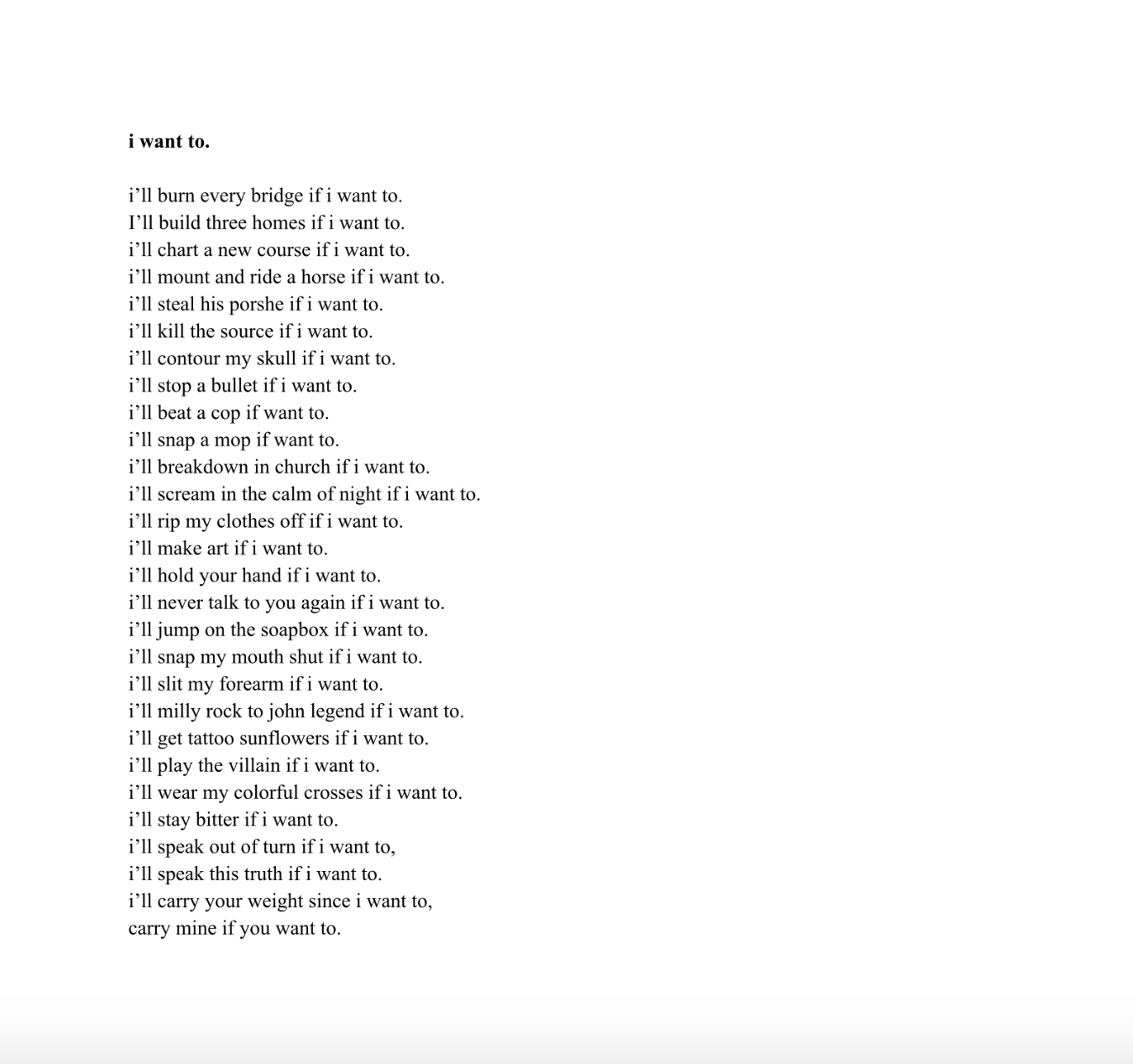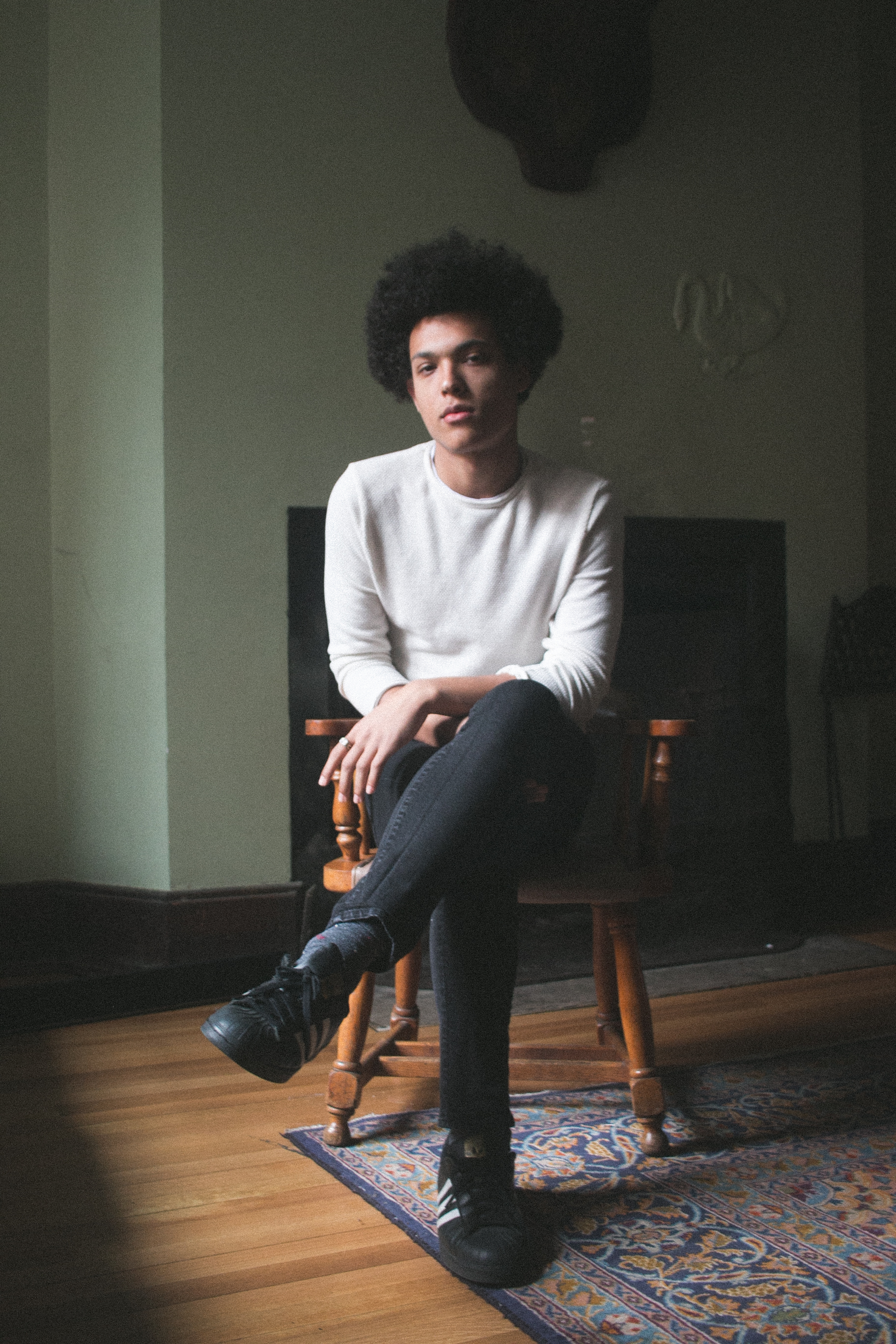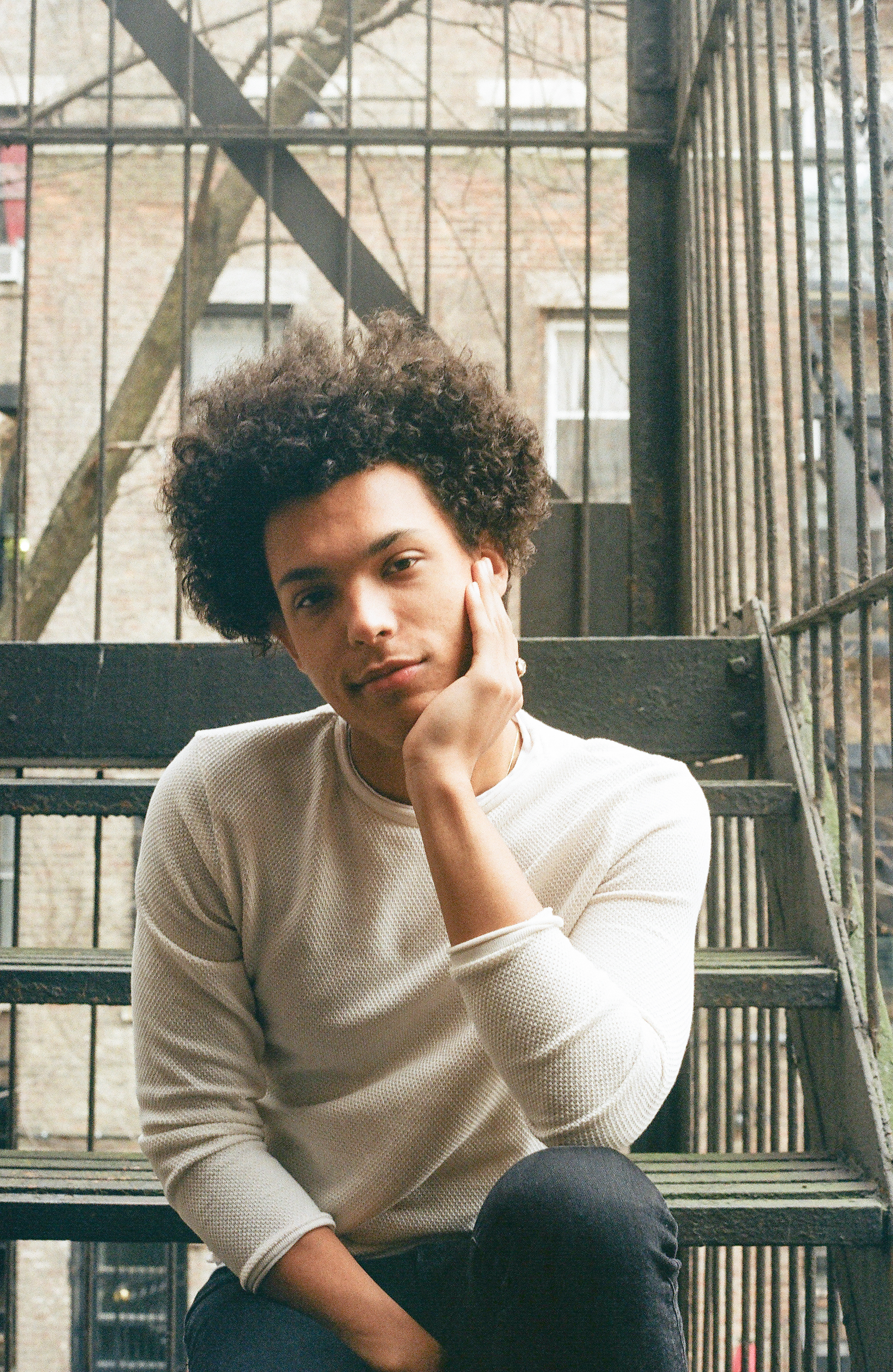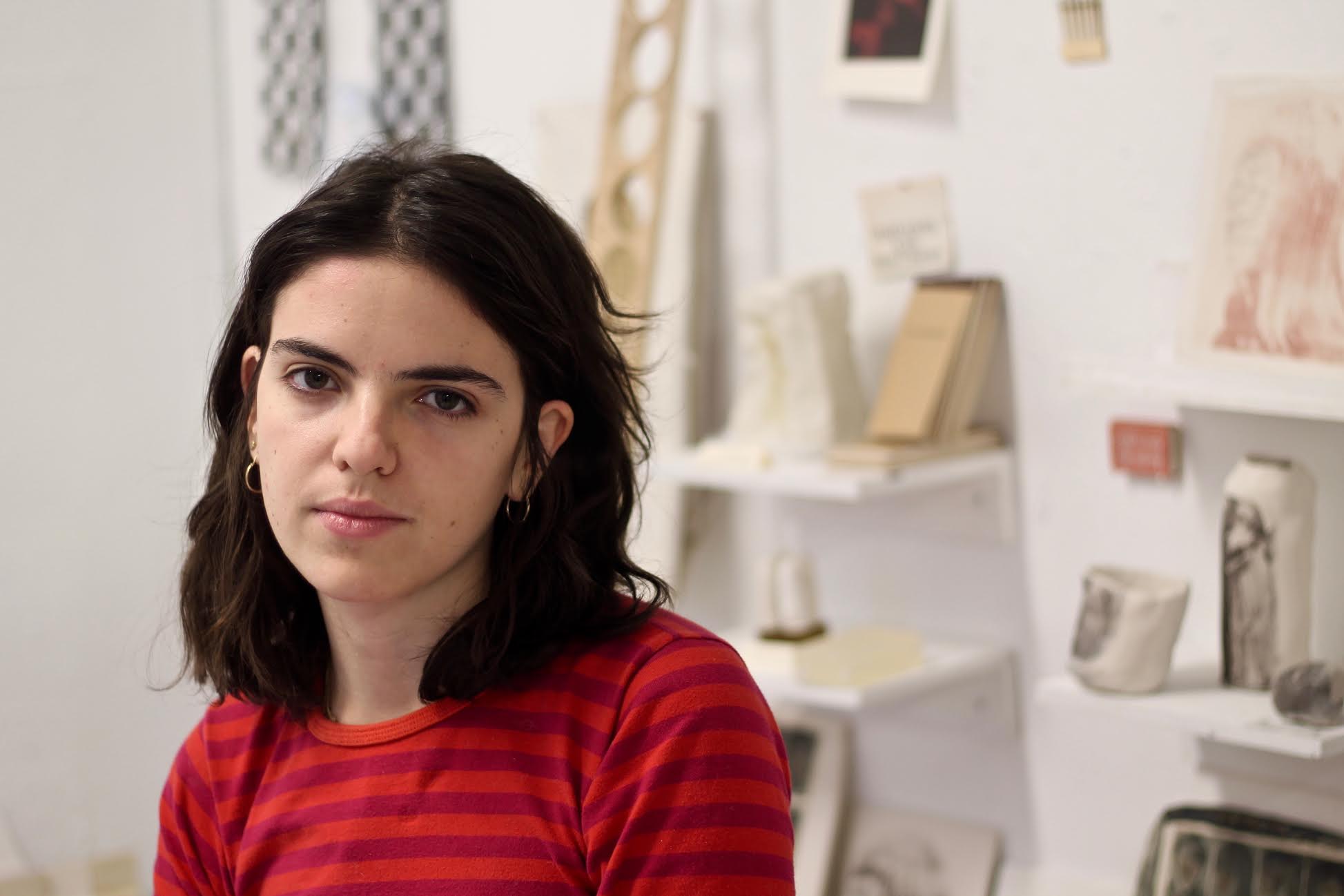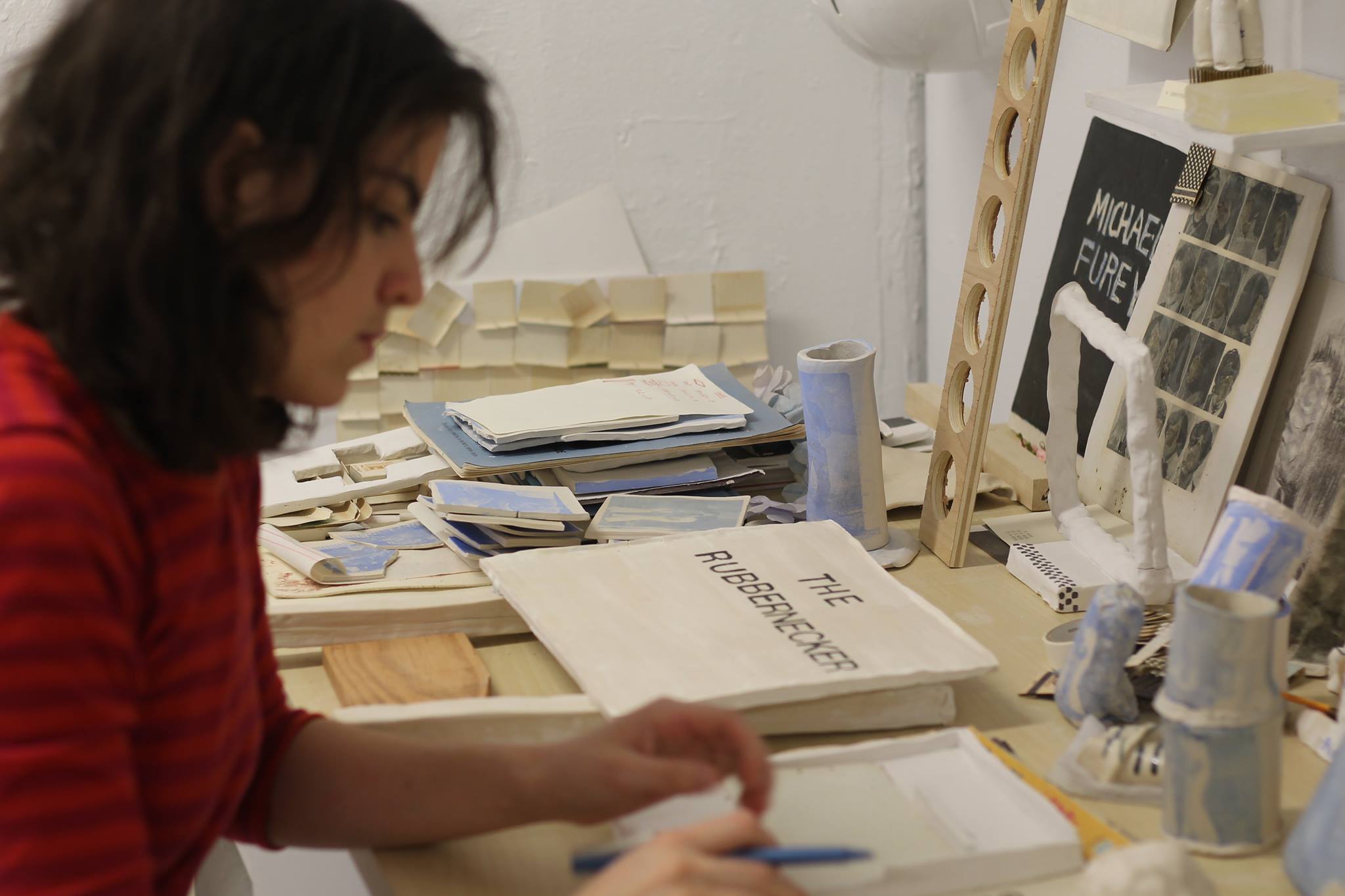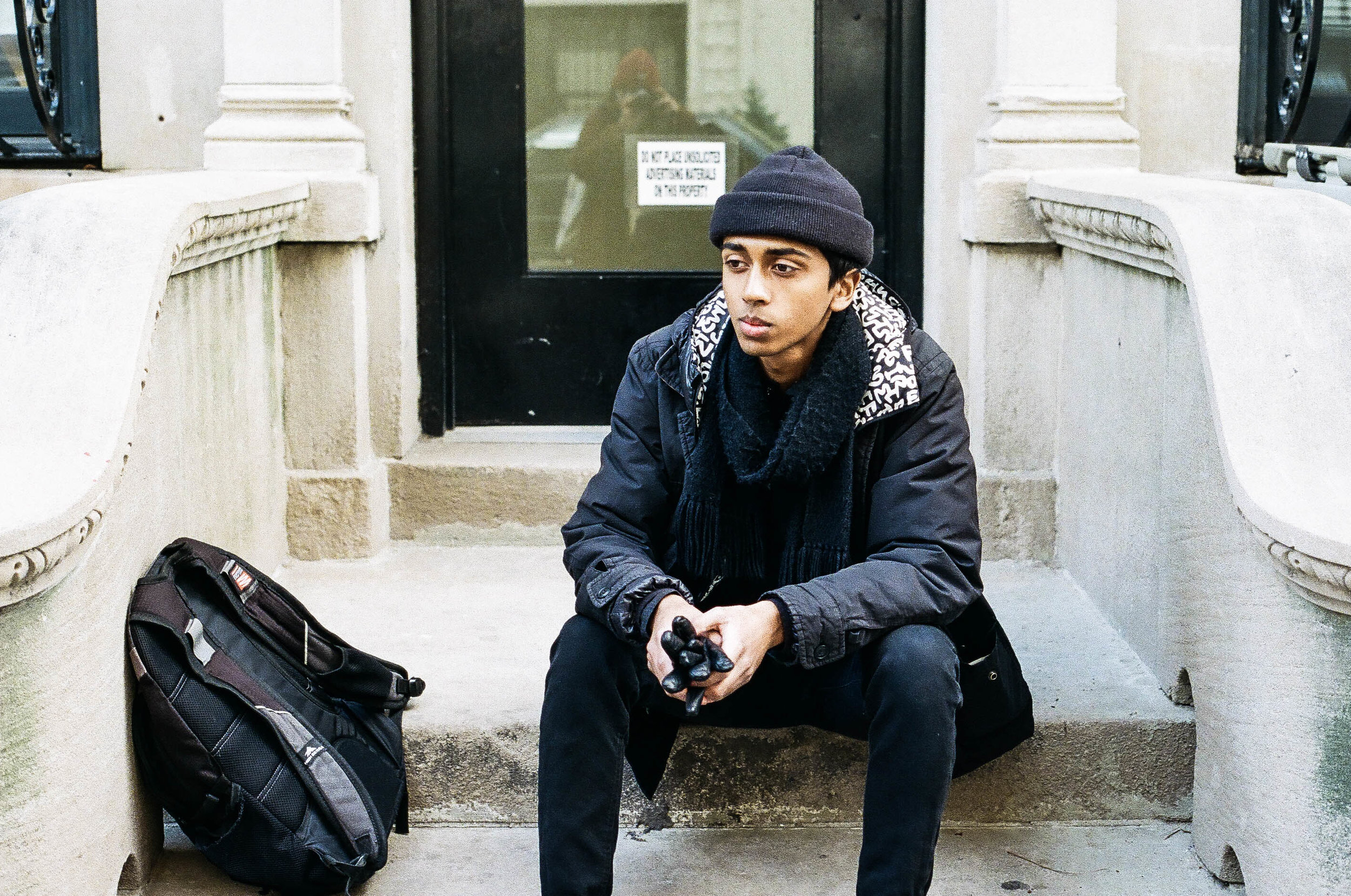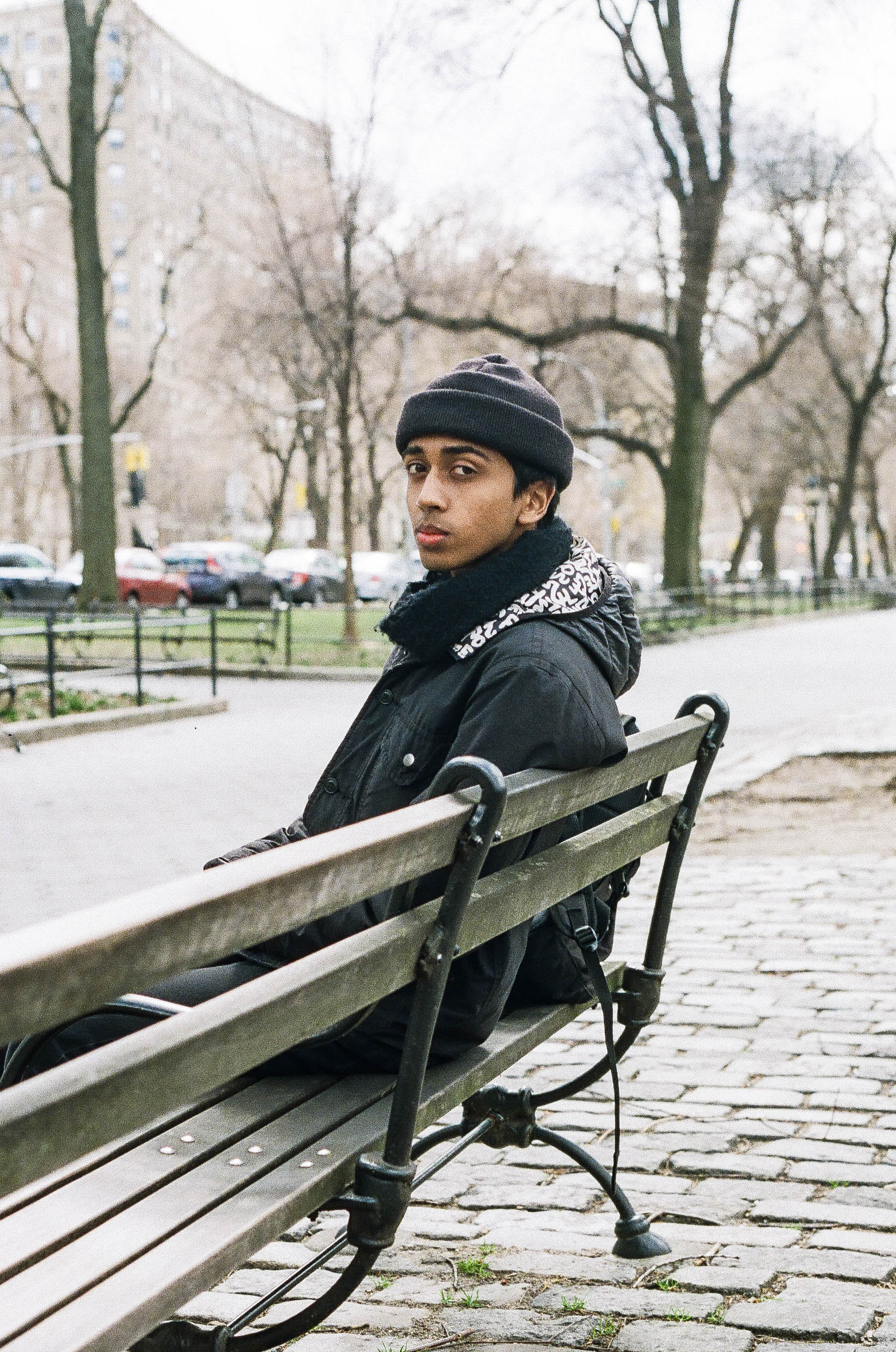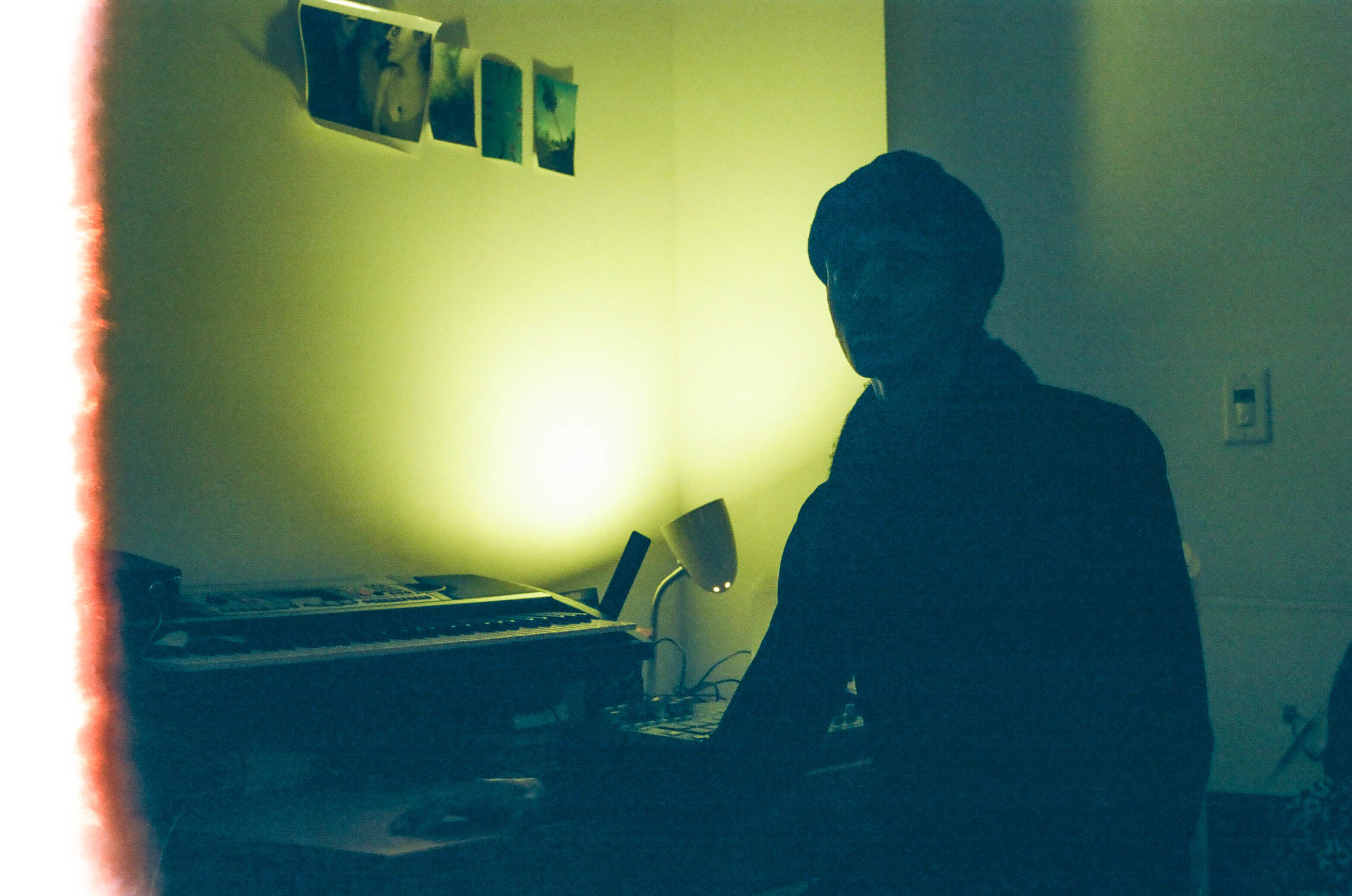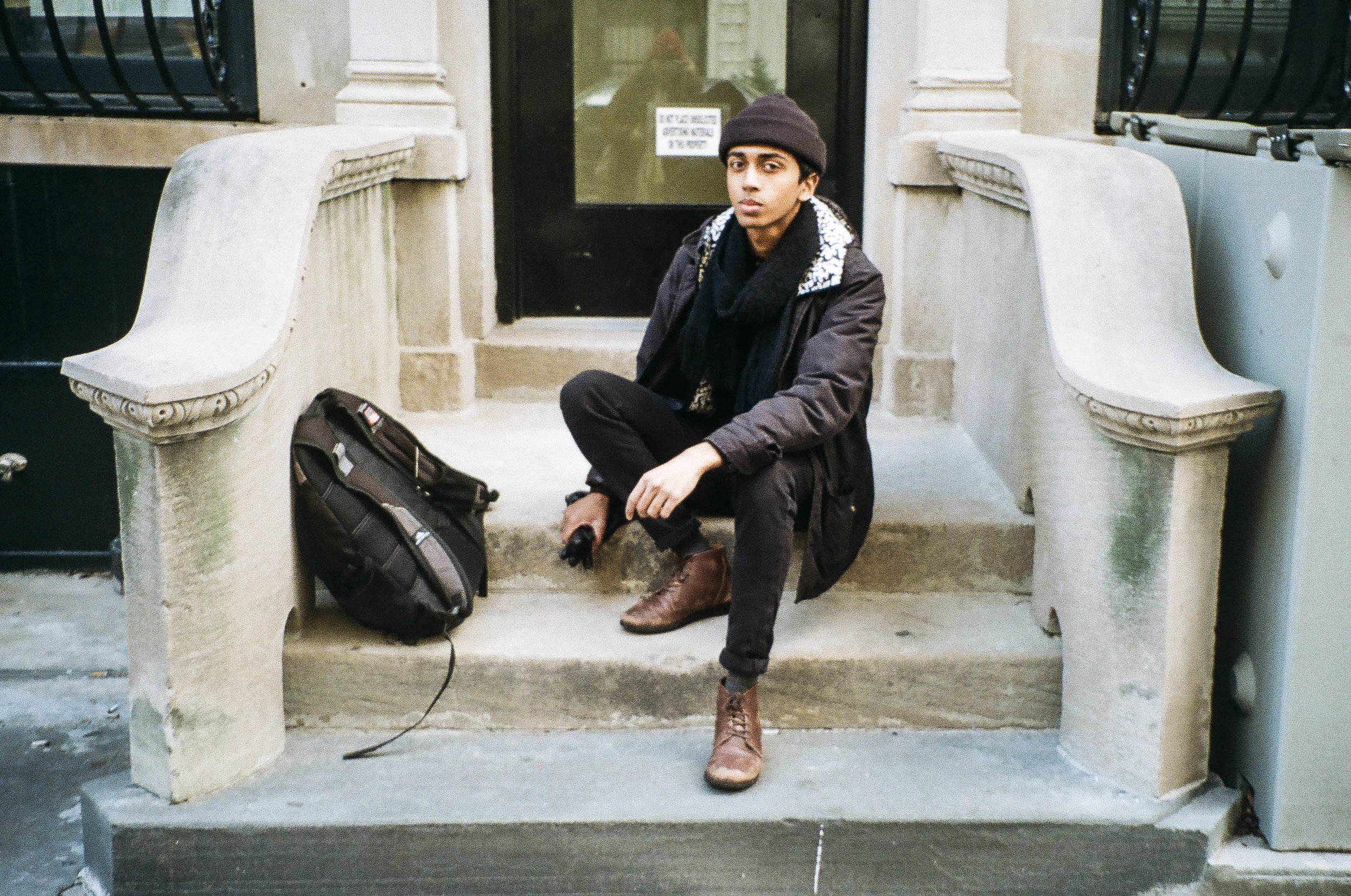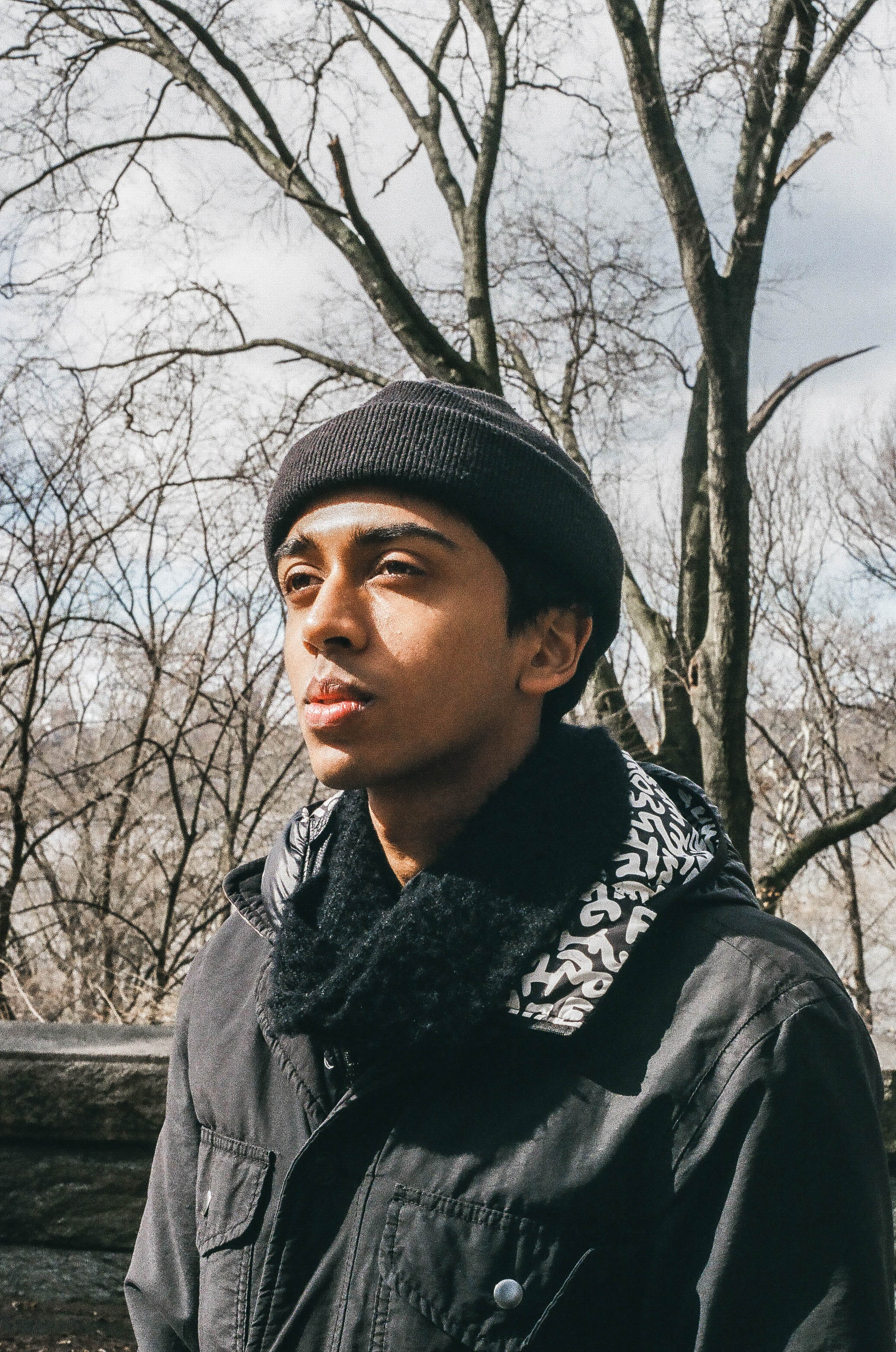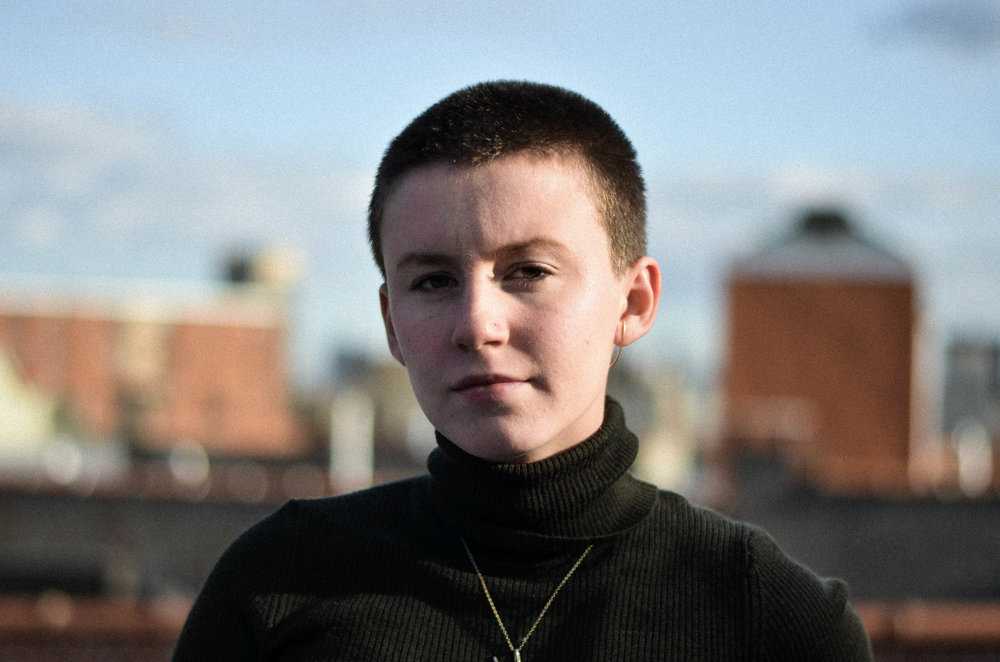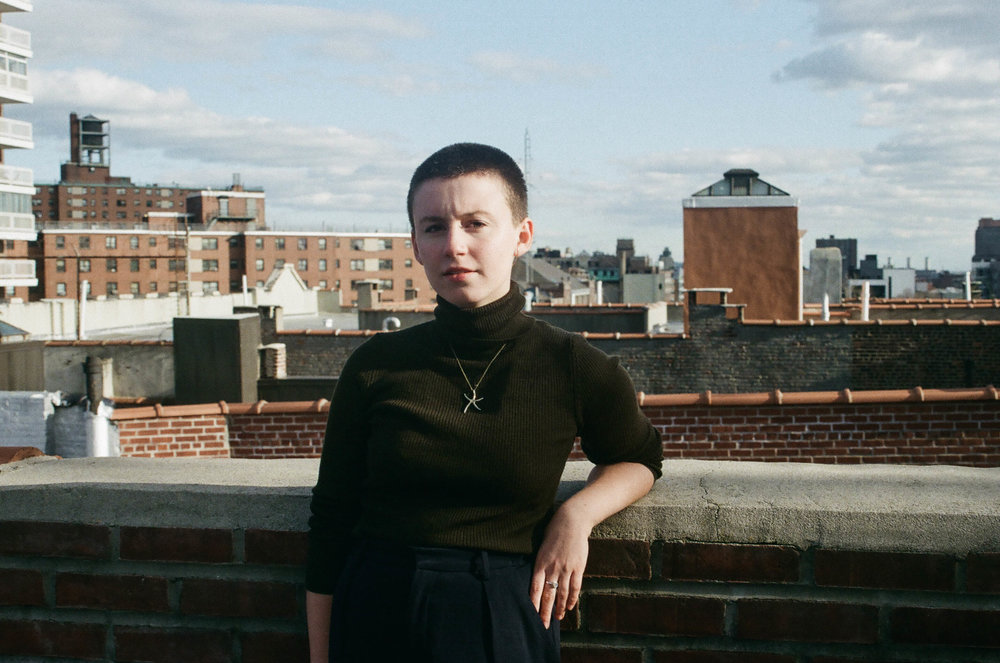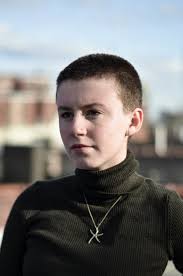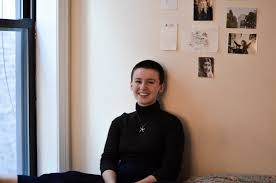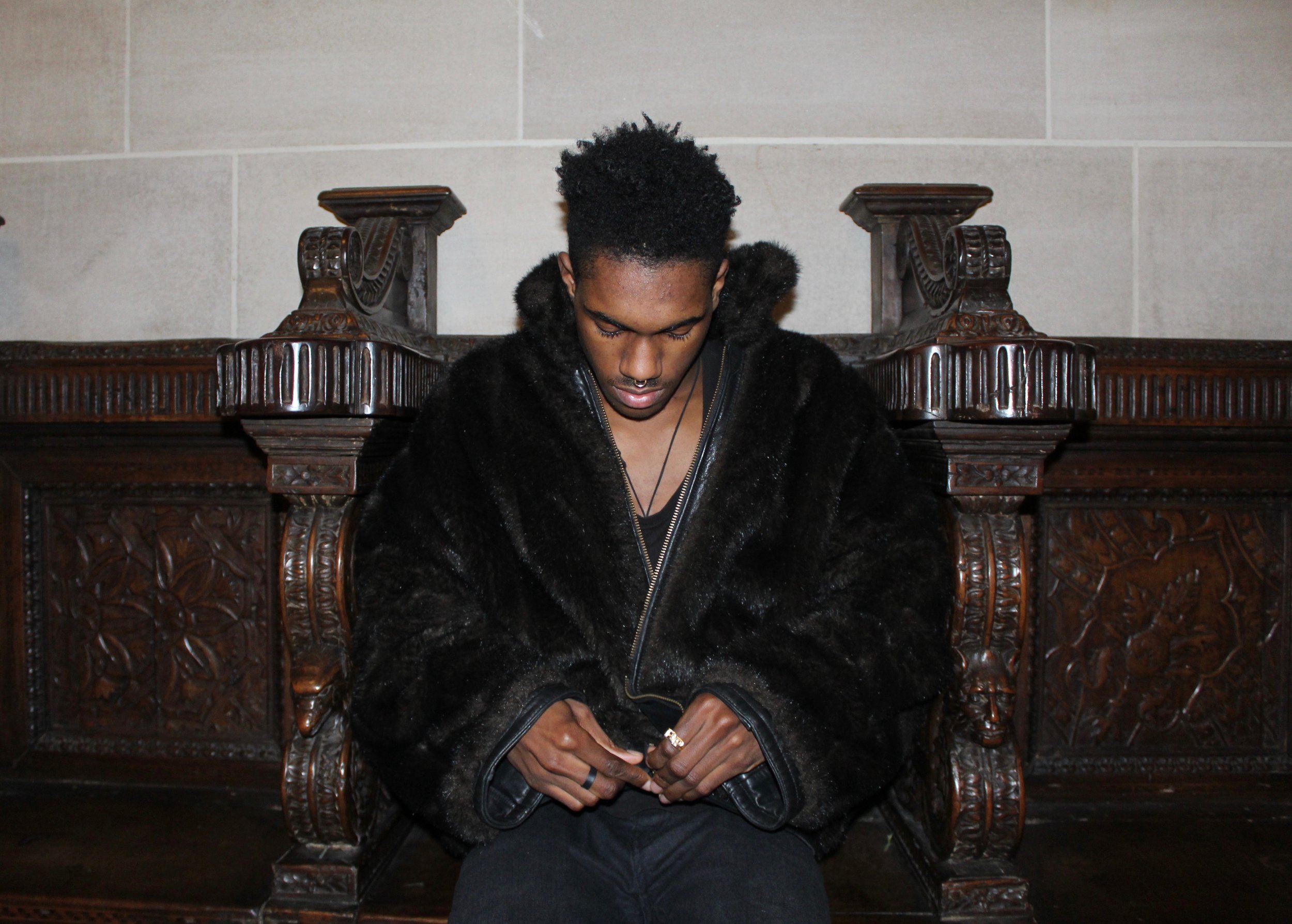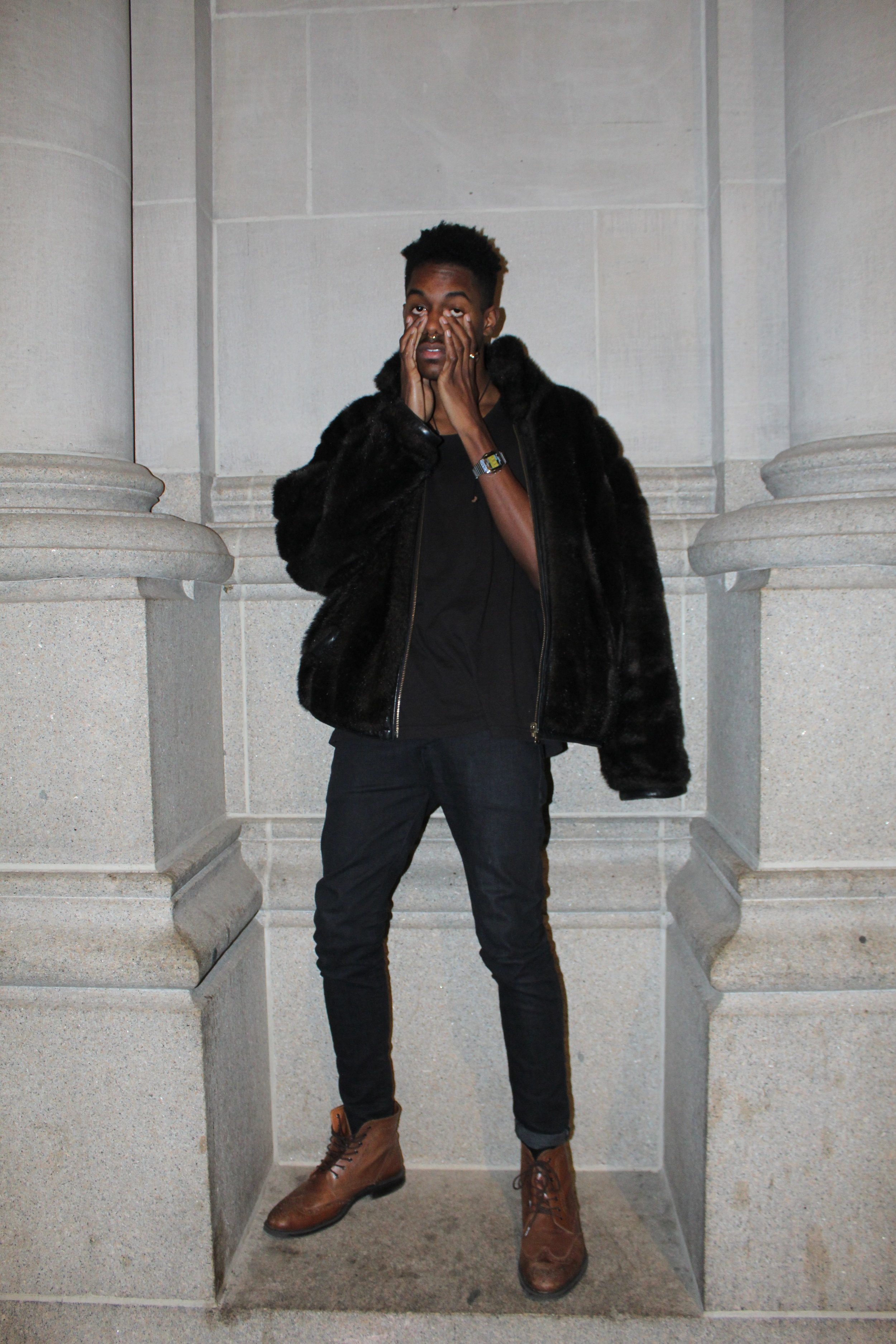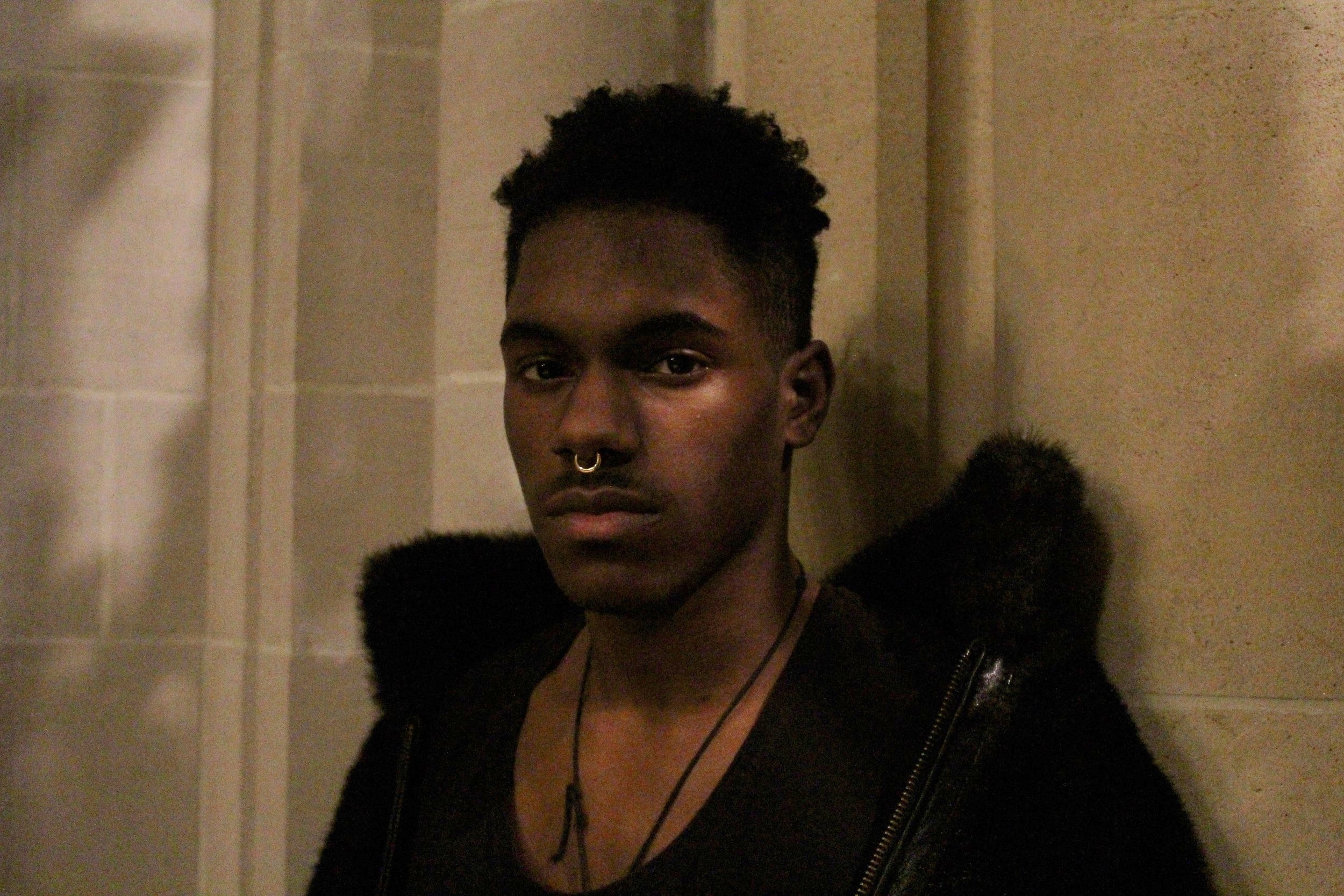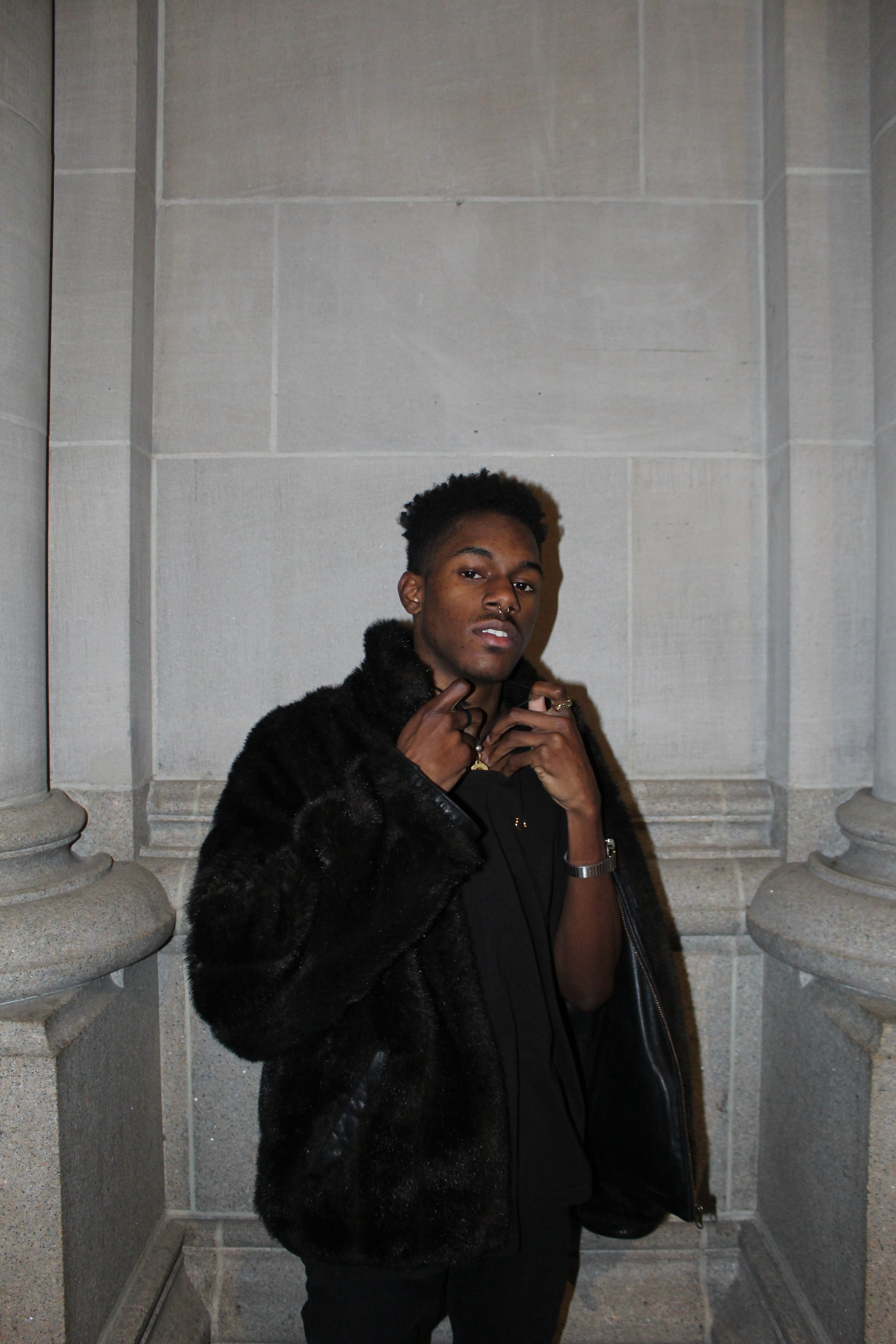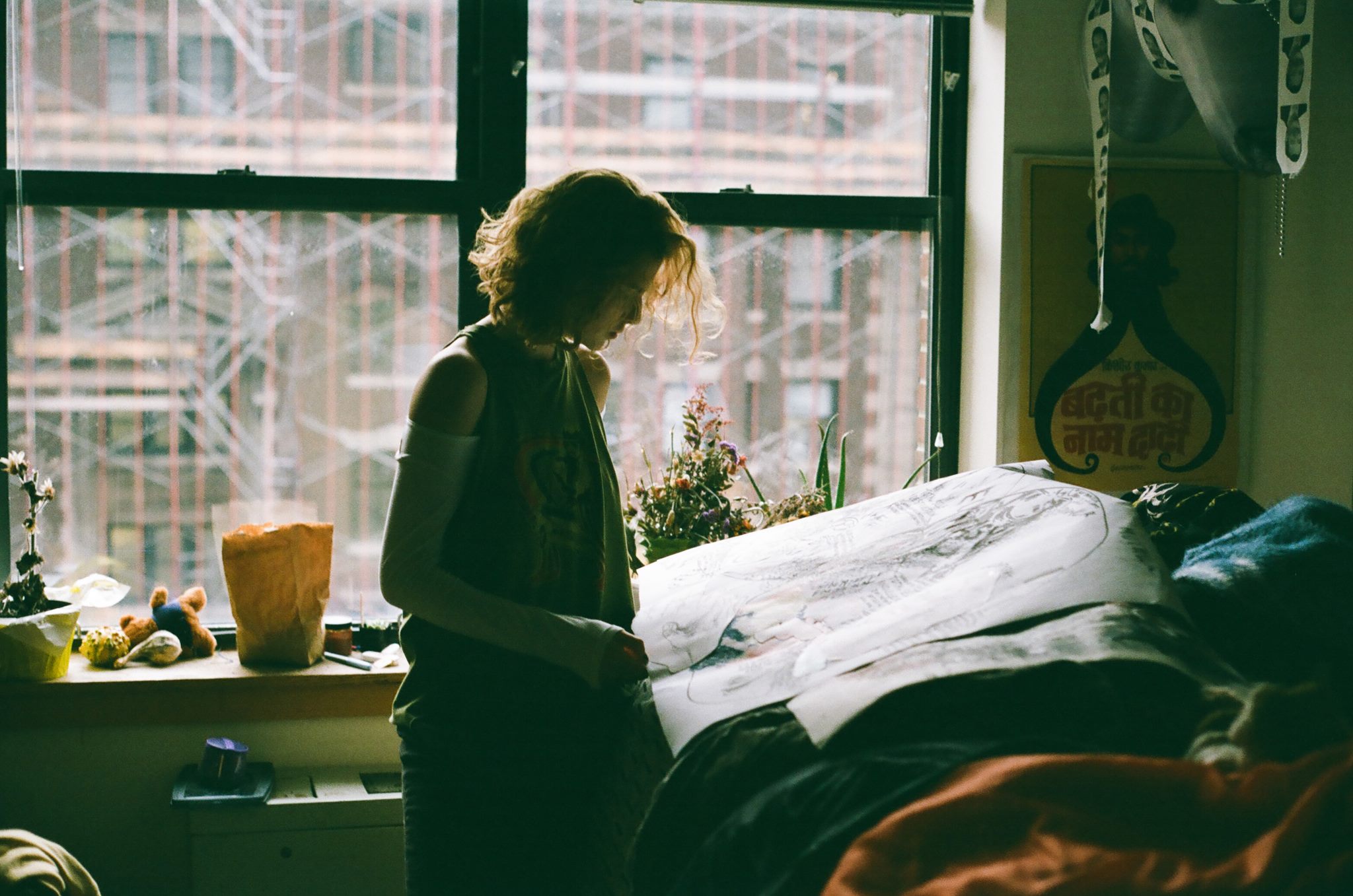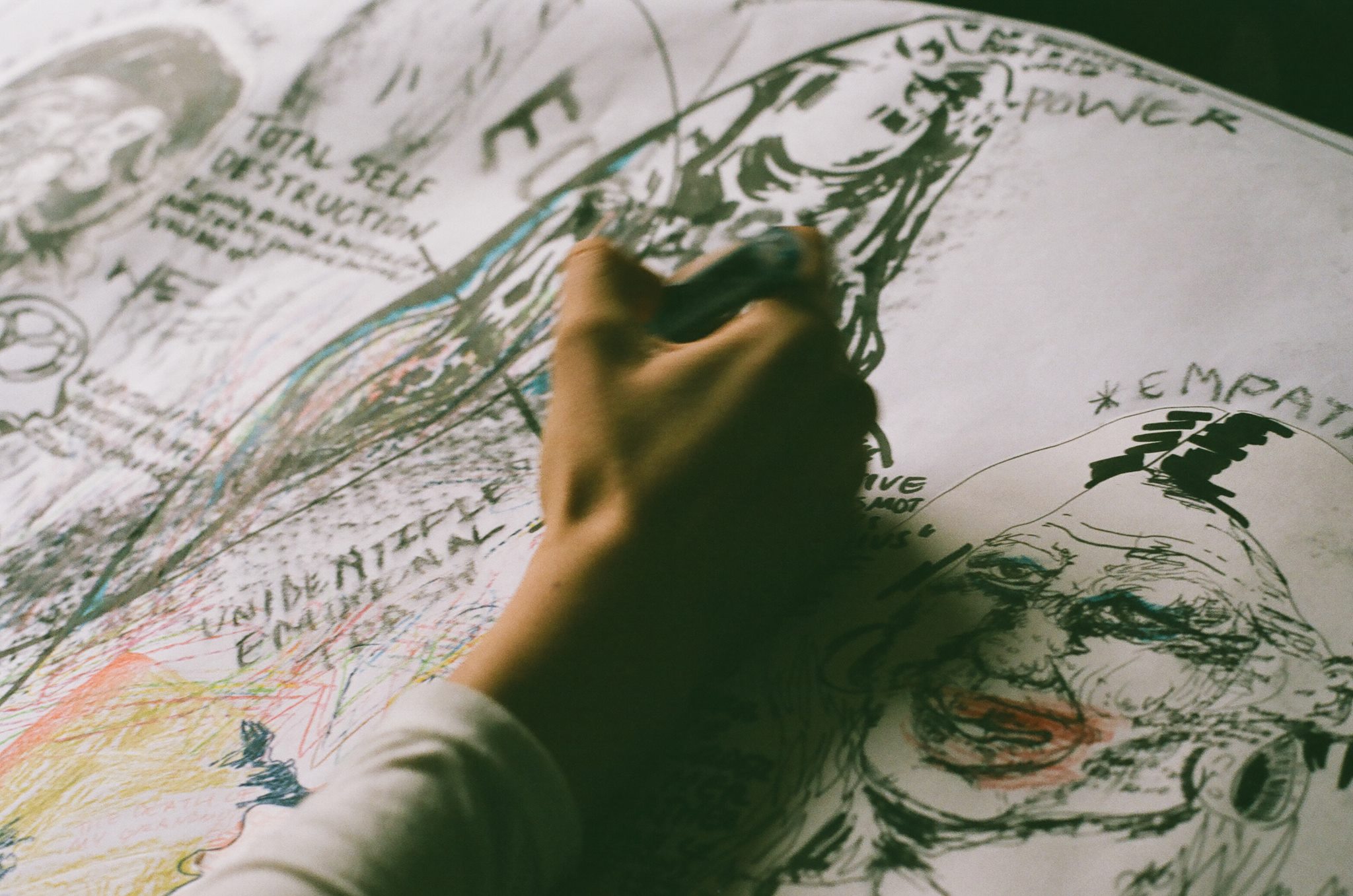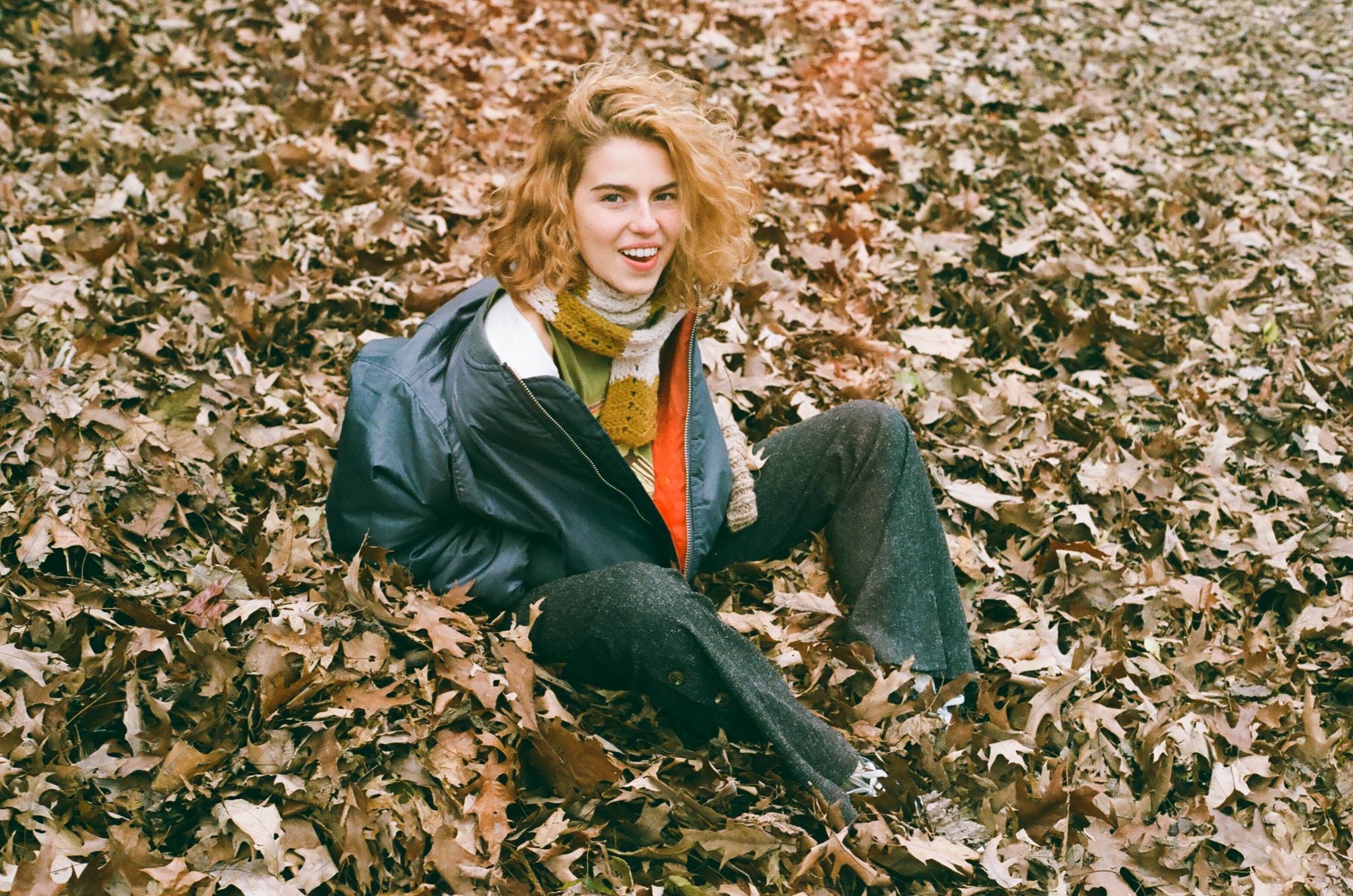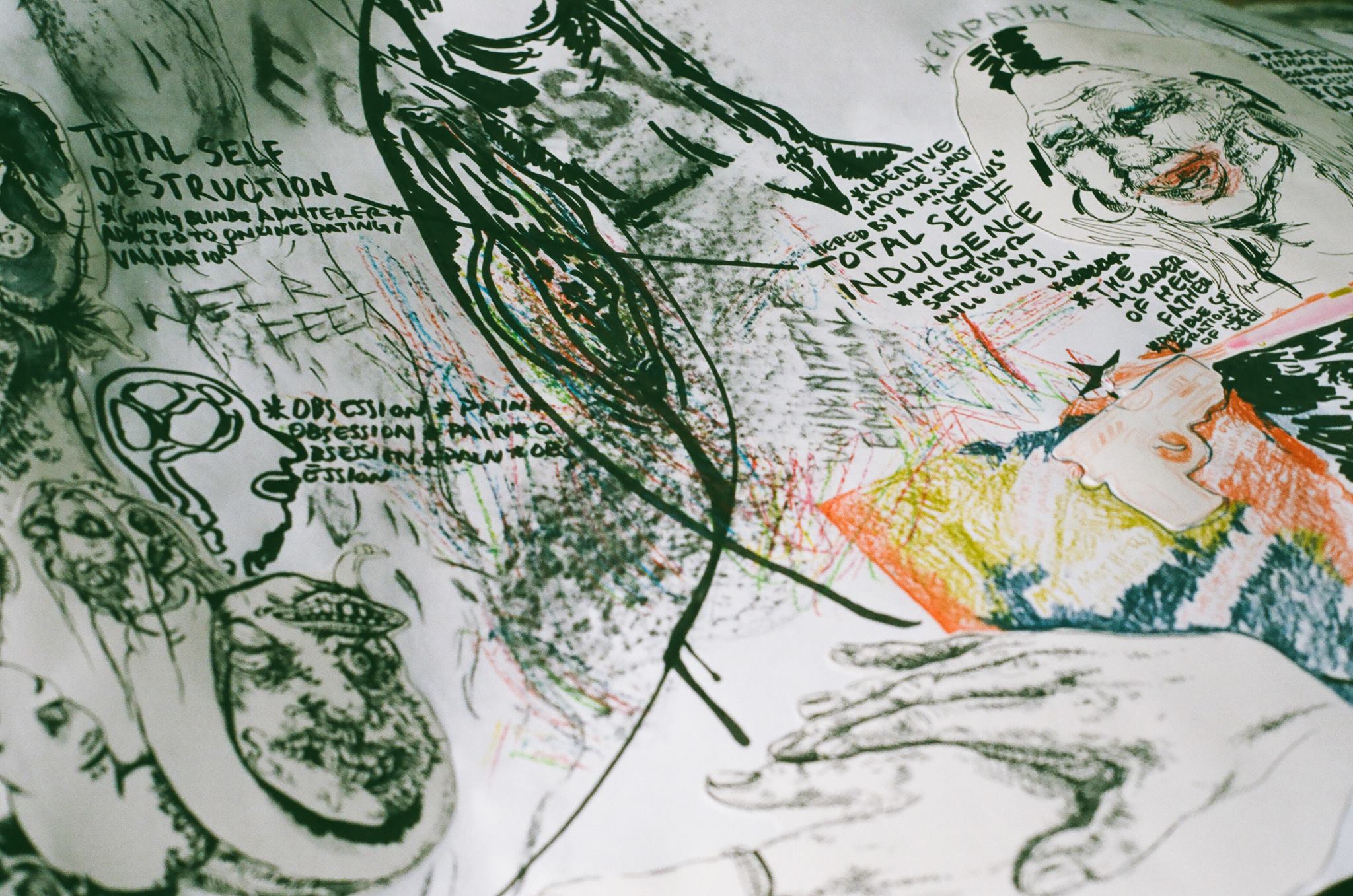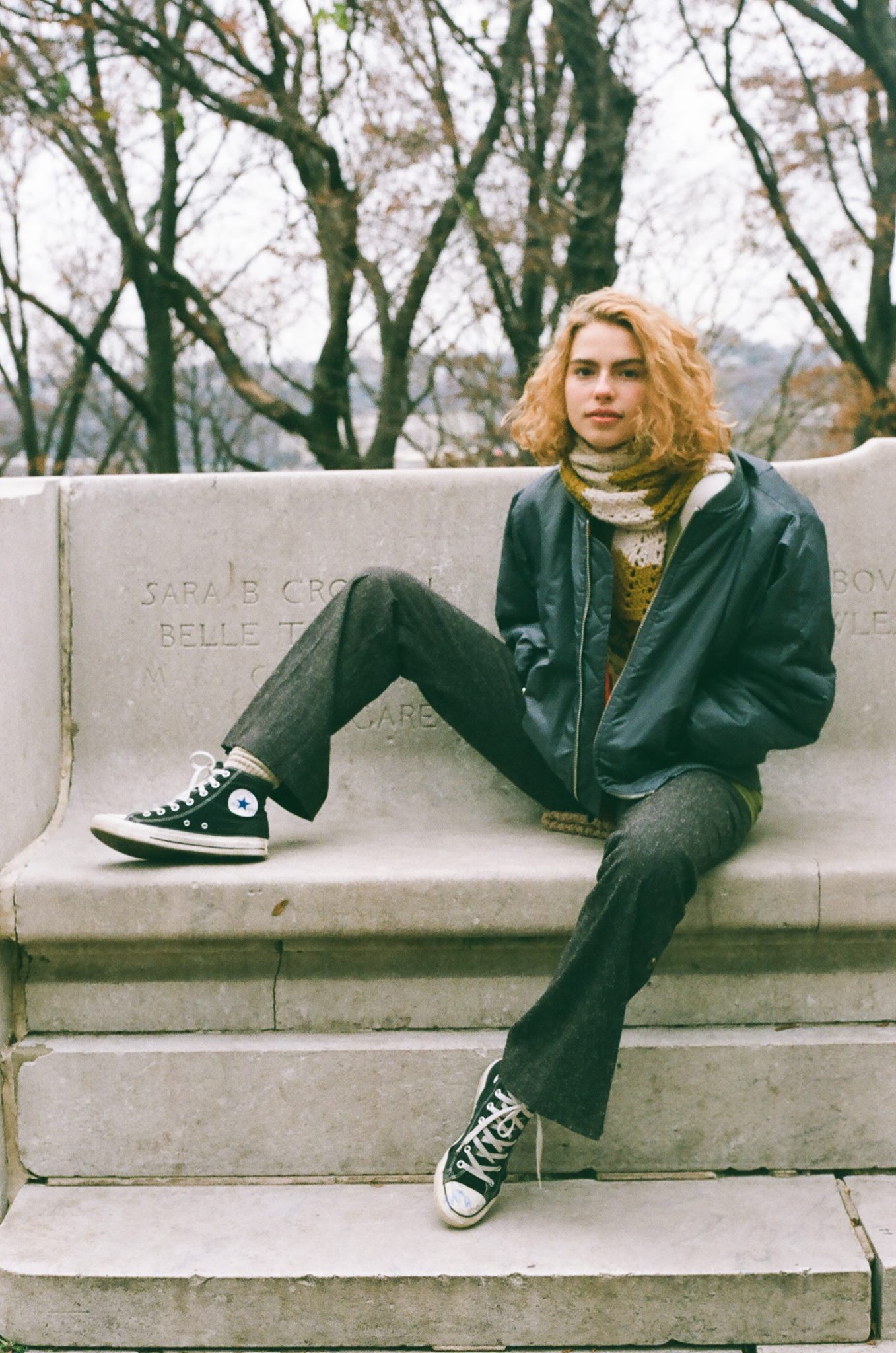
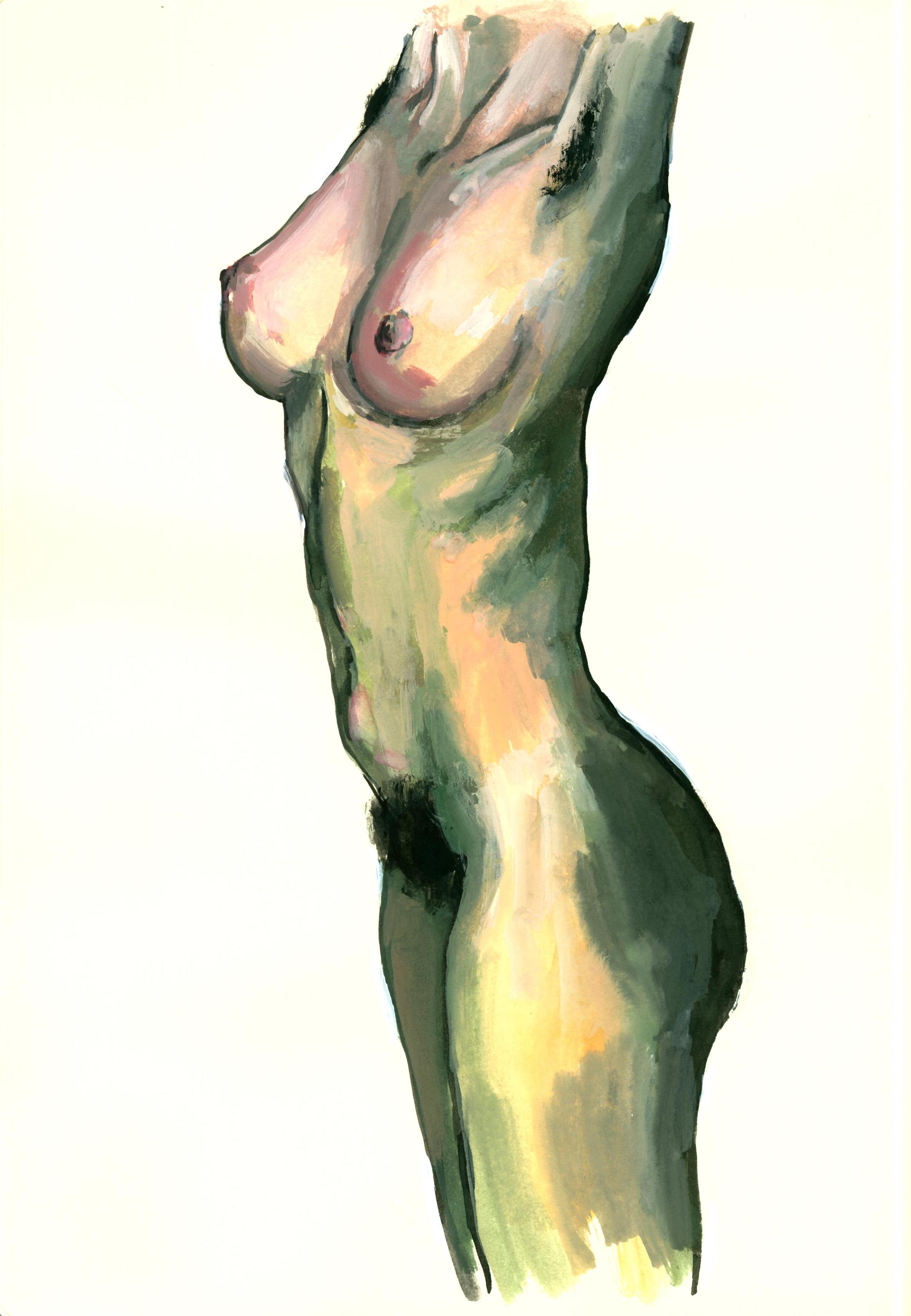


Interview by Maeve Flaherty, artwork by Amanda Ba
The shades in Dodge 501 are drawn, but the morning sun seeps in and mingles with the powerful overhead spotlights. They’re focused on a woman in the nude, who sits upright on a throne-like chair draped with flowing green fabric. Around her, twenty artists glance between her and their paper, capturing her figure on the page.
The model will spend the next two hours moving between positions as she models for one of Columbia University Artist’s Society’s twice-weekly figure drawing sessions. The sessions are free to the public and organized by Artist’s Society, a student-run Columbia club that provides studio time for the artistic community.
The models, who are paid and treated like any professional artistic model, are nonetheless faced with a unique challenge. Drawn from the Columbia student population, the single session they model for Artist’s Society is often their first time being naked in public. And they do it in front of their friends, classmates, people they’ve seen in dining halls and on College Walk- people they are very likely to encounter again.
To learn more about the student models, I interviewed Artist’s Society board member and graphic designer, Amanda Ba, CC’20. Ba rolled into our meeting on her trusty pink scooter. She explained that the models, who sign up by filling out a google form with availability at the beginning of each year, are selected alphabetically from a list of names. The length of the list means that the model is different for each session and Columbia students are normally only selected once in their four years.
I asked Ba what makes a good model. She explained, “It’s somebody who has versatility with their poses. This allows artists room to be more stylistic in how they choose to draw a body– because a body is a body, but you can play on it. Someone who will twist and create curves and folds and angles and convexes in their body. A pristine, beautiful body is actually the most boring body. What is more fun to draw is curves, undulations.”
Francisco Alvidrez, CC’19, was up to the challenge. “At the beginning,” he said, “I was doing weird, difficult positions. I was like, ‘Well, here’s how I can contort my body for you today.’”
As an artist himself and an architecture major, Alvidrez saw nude modeling as a creative exercise. He explained, “It was important to me, as somebody who makes the art and also as someone who partakes in it all, to be on both ends. To create with my body or with materials.”
The model is an active participant in the art created. In the Artist’s Society sessions, the model’s job is not to simply stand on the block-- it is to move in a way that pushes and inspires the artists.
Virginia, BC’19, had never modeled in the nude before. She found the creative conversation between artist and model surprisingly empowering. “Whenever I changed positions,” she explained, “I was presenting new challenges to them. I don’t know much about drawing people myself, so I assumed that I would be less in-charge because I couldn’t control how my body was being represented, but I actually had a lot of agency.” She added, “I thought it was a cool exercise, choosing how to represent my own body so that other people could represent me.”
But the line between choosing how to represent the body and being represented is thin. Inherent in the experience is a lack of control.
Alvidrez, who is very comfortable with his body, didn’t find the experience frightening or unpleasant. Still, he recognized the limits of his agency: “I’m completely naked on this block, in the middle of a room, surrounded by a bunch of people who I don’t know, who are drawing every knick and cranny of my body. It’s one of the most apparent affronts to my body-- I have no say over what people are drawing of my body. If they want to draw my left nipple, they can spend twenty minutes drawing it. Or they could be spending that same amount of time on my foot. It doesn’t matter. For me, it’s really weird that I am in total control of the situation but at the same time extremely vulnerable.”
Artist’s Society recognizes that vulnerability and tries to make their models comfortable. On the physical level, they offer a private changing space and keep a heater next to the stage on cold days. On a more emotional level, they make sure to talk to each model when they arrive to make sure they are clear on what will happen over the course of the session.
But at the end of the day, the model has to find it in themselves to get up on the block. Ba explained, “A good model is someone who is comfortable with themselves, who knows what they are getting into-- it doesn’t mean that they have to have done it before. But they have to have their minds wrapped around ‘Yes, I am going to be naked in front of a bunch of people but they aren’t going to sexualize me, this is in an artistic pursuit.’”
Artist’s Society emphasizes that the modeling is artistic, not sexual. Before the model enters each session, the organizers repeat a quick code of conduct on how to handle the session: don’t take photos, etc. To make sure the model feels safe, the artists are not allowed to instruct the models on how to pose their bodies.
For Virginia, that element of control was key. “One time, a guy suggested I stand up and the person coordinating the event quickly said ‘If you’re comfortable.’ I did stand up, but I didn’t feel like I had been forced into doing something I wouldn’t have done otherwise. I did it because I was like ‘Why not?’”
Virginia didn’t feel uncomfortable or sexualized. She said, “I didn’t know anyone and I could tell that they were not looking at me in a creepy, gazy way. They are looking at you and trying to capture you on the page. I felt really safe.”
Isaiah Feldman-Schwartz, CC’18, agreed. He’s modeled for Artist’s Society twice, and both times enjoyed the experience. “Something I really appreciate about the Artist’s Society is that it very much doesn’t feel like a sexualized space at all. It was like, ‘I’m standing here naked and that’s only weird if you think it’s weird.’ They’re here to do figure drawing, I’m here to model for the figure drawing, and it is what it is. Everybody was very professional.”
For a student modeling in front of other students, a professional and artistic attitude is key. Most nude models can show up to their job, do it, and leave, not worrying about running into the artists. But at the Artist’s Society sessions, the attendees are mostly either students or Morningside Heights residents. For many of the models, they will walk into a room and recognize one or several of the artists they are about to be naked in front of.
Although Feldman-Schwartz didn’t tell his friends about his modeling beforehand, a friend happened to be at his second session. It was “slightly more awkward,” he said. “In particular, it felt that way because it was someone of the opposite gender. Which I would be lying if I said didn’t factor into my consciousness. But it didn’t feel like a big problem. It was more of an awareness. I was like ‘don’t make too much eye contact, don’t be weird about it.’”
Like Feldman-Schwartz, Francisco Alvidrez knew several people in the room. During his session, both friends and classmates of his were drawing. Alvidrez felt more comfortable with the strangers present. “I think had no one I know been there,” Alvidrez said, “I would have been a lot more comfortable, but the fact that I knew people there didn’t hinder my experience or make me more nervous.”
Still, although Alvidrez was didn’t really mind seeing people he knew on the day of the session, he did mind the way the modeling bled into his later life. Several times after his session, people approached him in Morningside Heights to compliment him on his modeling. Alvidrez explains thinking, “I’m at a restaurant, why are you complimenting me on my nude modeling? I appreciate the compliment, but at the same time it’s like ‘why is this necessary right now?’”
Alvidrez felt comfortable during his session, but the later encounters broke the boundaries that Artist’s Society carefully constructs between model and artist. Those boundaries are fragile, and require the commitment of all artists and models to maintain a respectful distance between what happens during and after the session.
After being approached in public while eating a meal by someone from the session, Alvidrez wondered, “When does people practicing stop and sexualization start?”
In Virginia’s experience, the boundary between body and art form was clarified the second she stepped off the block. When Virginia finished her session and started to put her clothes back on in the back of the room, she assumed that after two hours in the nude, it didn’t matter where she got dressed. One of the organizers approached her and offered the privacy of a curtained corner to put her clothing back on. Virginia said, “I realized that once I wasn’t the subject anymore, it was like we were people interfacing in public, as public as a classroom is again.”
In that moment, the difference between nakedness and nudity became clear. Virginia: “Then I was naked, and then I needed privacy to change. When you’re in the setting where you’re the person everyone is looking at, then you’re nude.”
The nude model walks that line between naked and nude. The art critic John Berger wrote in his seminal text, Ways of Seeing, “To be naked is to be oneself. To be nude is to be seen naked by others and yet not recognized for oneself. A naked body has to be seen as an object in order to become a nude.”
Amanda Ba agreed. She explained, “Naked is a state, right? Naked is ‘I am naked now but I will be clothed later.’ It’s almost like a noun, not an adjective.” In Ba’s opinion, nude is something else entirely: “You are using it to describe the visual term for a human body. It’s just ‘the nude’. When we have nude figure drawing sessions, you aren’t looking at somebody and saying ‘Oh, they’re naked,’ because you are seeing them in a naked context. You are like, this is just a beautiful form for me to depict.”
This difference between naked and nude is key to how the models and artists approach the artistic interaction they take part in. For Ba, nudity reduces or purifies the body to a form for artistic interpretation. For Francisco Alvidrez, the word nude has sexual connotations. He said, “Nude for me seems sexualized, and naked doesn’t. For me people being naked was always some nonsexual situation or not even fully undressed, but nude seems more charged with that connotation.”
For him, the sexual connotations of the word nude shaped how he experienced the session. He said, “We use it for this nude modeling. Maybe that’s why I had that thought of prevailing sexualization with my body. I associate that word, nude, with sex or with some charged other meaning. I was more in tune with that sensation afterwards.”
As much as Artist’s Society tries to present the session as a vacuum, a space in which the interplay between model and viewer is entirely artistic, it cannot block out the outside world. Each model walks into the session with their own understanding of their body and the meaning of being unclothed. They bring that perspective with them as they model for their classmates, and back out onto the Columbia campus.
I asked Feldman-Schwartz if he felt more naked or nude during his time modeling for Artist’s Society.
He responded without hesitation.
“I felt naked.”
[Artist’s Society’s figure drawing sessions occur twice-weekly, every Friday from 6pm to 8pm and every Saturday from 10am to 12pm in Dodge 501. They are free and open to the public.]
